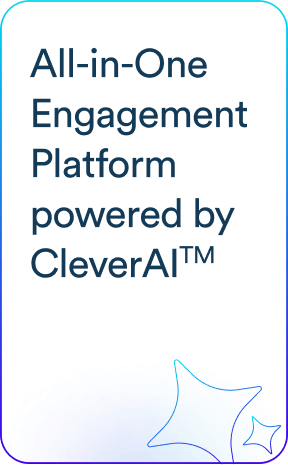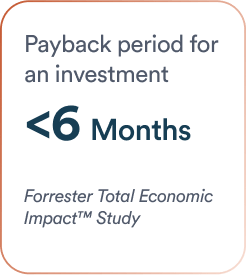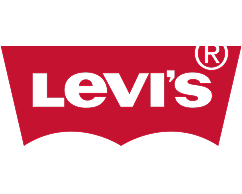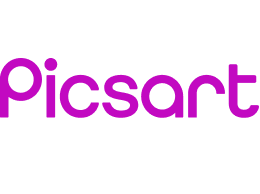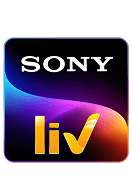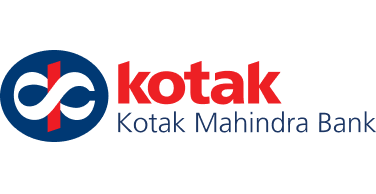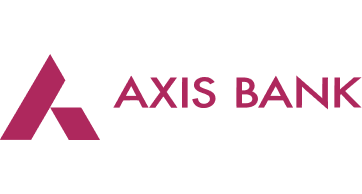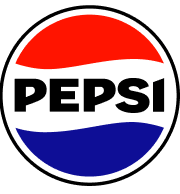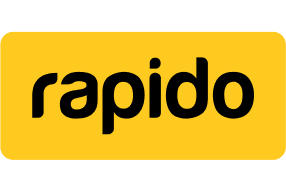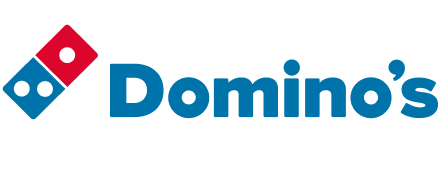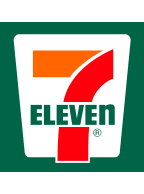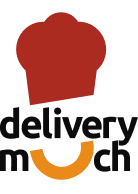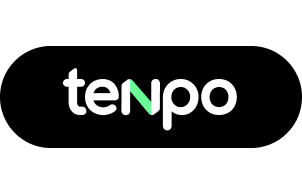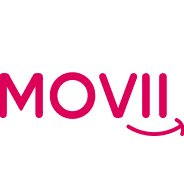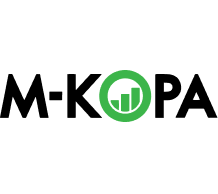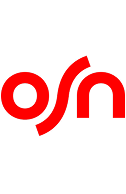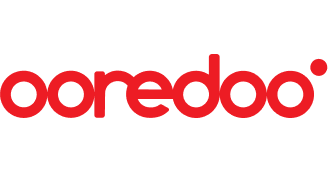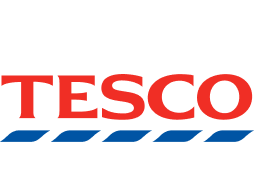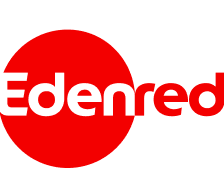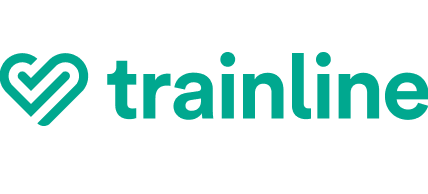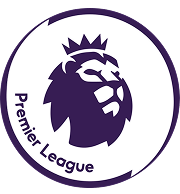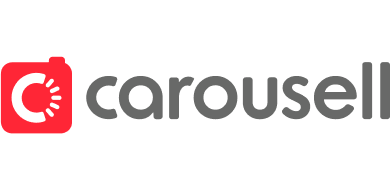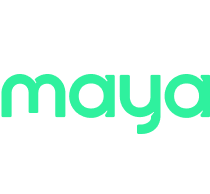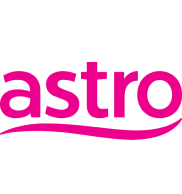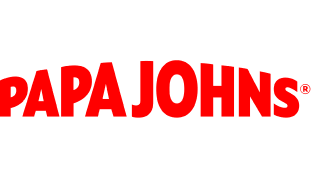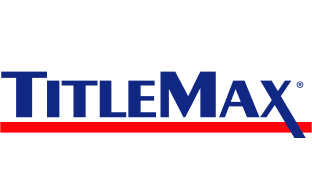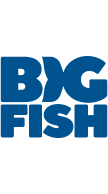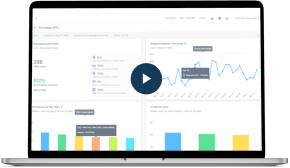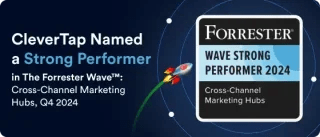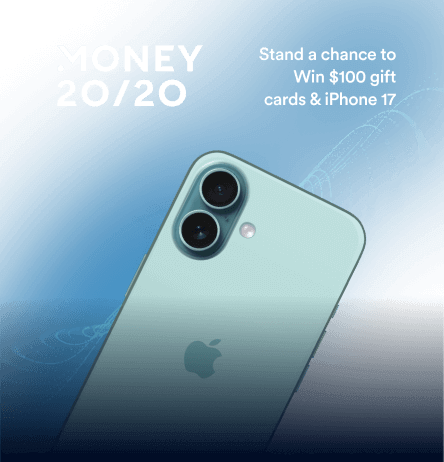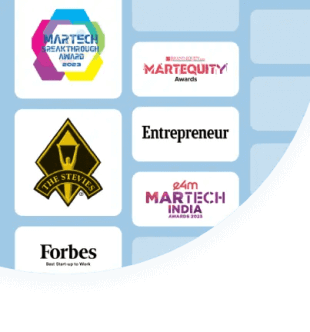Push notifications are short, clickable messages sent by apps or websites to re-engage users even when they’re not actively using the app.
They’re quick, direct, and one of the most effective ways to boost engagement and retention. But great push notifications don’t just happen. To make them work, you need to follow a few key principles that ensure your messages land well with your audience.
Once you get the basics right, you’ll start seeing real impact, including:
- Higher push notification click-through rates
- Better app retention
- Fewer app uninstalls
- Stronger personalization
- More timely user actions
3 Things Every Successful Push Notification Needs
Before we dive into the push notification best practices, let’s start with the three essentials every effective push needs:

It’s relevant and timely
The notification should be triggered by something meaningful, a user action, their location, or a moment that matters. When it feels timely, it feels helpful.
It’s personal
The message speaks directly to the user, based on what they care about or what they’ve done before. It feels like it was written just for them.
It’s actionable
There’s no confusion about what to do next. The message invites the user to take a clear, simple action.
35 Examples of Push Notification Best Practices In Action
Now that we’ve covered the fundamentals, it’s time to see how those principles play out in a well-planned mobile marketing strategy.
Below, you’ll find 35 push notification best practices, each paired with a real-world example to show what effective messaging looks like in action. These tips are designed to help you craft timely, relevant, and actionable notifications that engage users and support long-term retention.
For a quick look, check out our Push Notification Best Practices Infographic.
1. Let users know their inputs are invaluable
When you acknowledge user contributions in a meaningful way, you reinforce their sense of purpose and deepen brand loyalty. Gratitude, especially when personalized, can drive repeat actions and strengthen your emotional bond with users.
Example: NZBlood
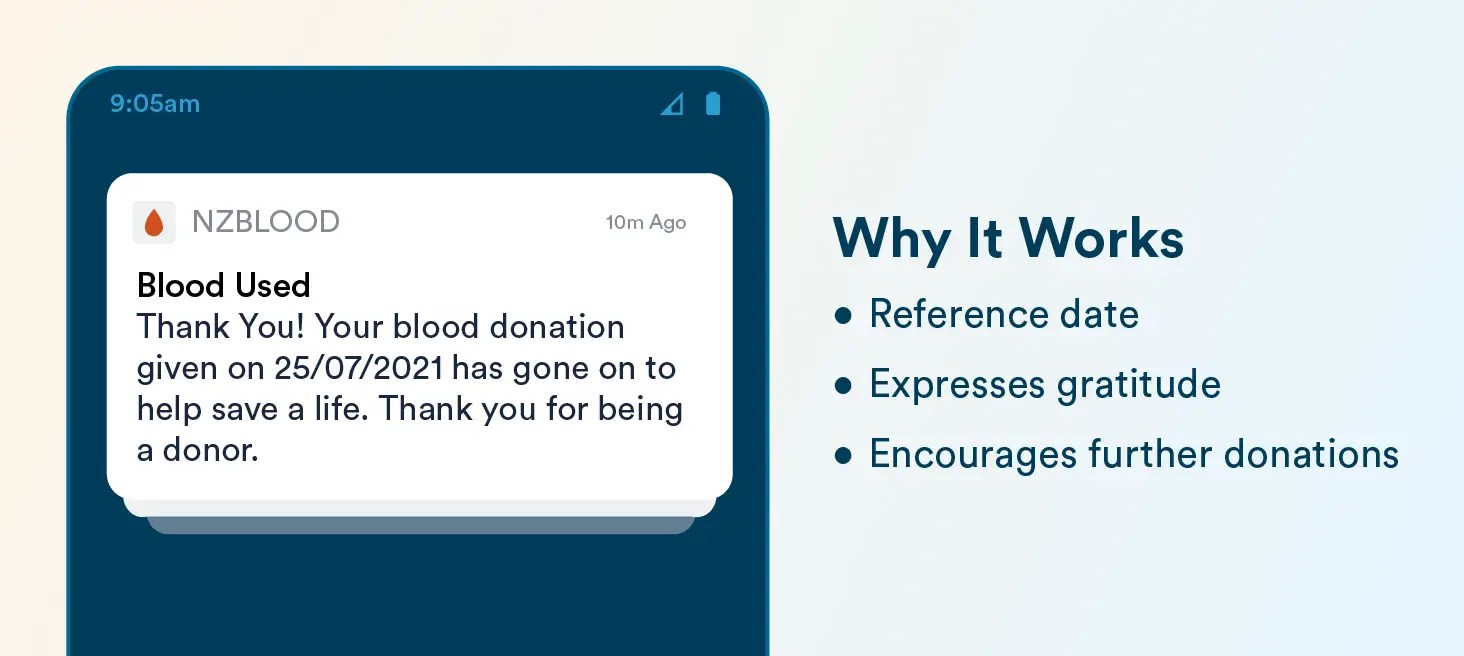
This message goes beyond a routine thank-you. By referencing a specific date, it brings the moment back into focus and lets users see the tangible impact of their action. It’s thoughtful, specific, and motivating, a strong example of meaningful user connection.
Why it works:
- Timely: Sent shortly after the donation was used, making the feedback relevant.
- Personal: Includes the date to directly connect with the user’s memory.
- Actionable (indirectly): Inspires users to donate again, without asking outright.
Pro Tip: Go further by referencing the cumulative outcome: “You’ve helped save 3 lives this year.” It transforms a one-time interaction into a long-term relationship.
2. Send push messages that make them curious
Tapping into a user’s natural curiosity is one of the oldest tricks in the book — and it still works. Creating a sense of mystery or exclusivity is a classic push notification best practice that encourages taps and keeps users coming back for more.
Example: Curiosity App

This message reads like the hook to a great story. It tells users just enough to spark intrigue, but not so much that they can ignore it. The phrase “Go inside” paired with a mysterious headline makes the notification almost irresistible, especially at a time of day when people are more likely to explore.
Why it works:
- Timely: Sent during peak mobile usage hours in the evening.
- Personal (by interest): Appeals to lifelong learners and fact-lovers.
- Actionable: Invites the user to uncover something hidden.
Pro Tip: Use intrigue selectively. Overuse can dilute its power. Test unexpected comparisons or hidden insights like, “The most expensive object ever built isn’t a building — it’s this.”
3. Help your users meet their goals
A strong engagement strategy starts with supporting users in reaching their personal goals. Push notifications can serve as friendly reminders that reinforce the habits users care about — whether it’s sleep, exercise, or productivity.
Example: Fitbit
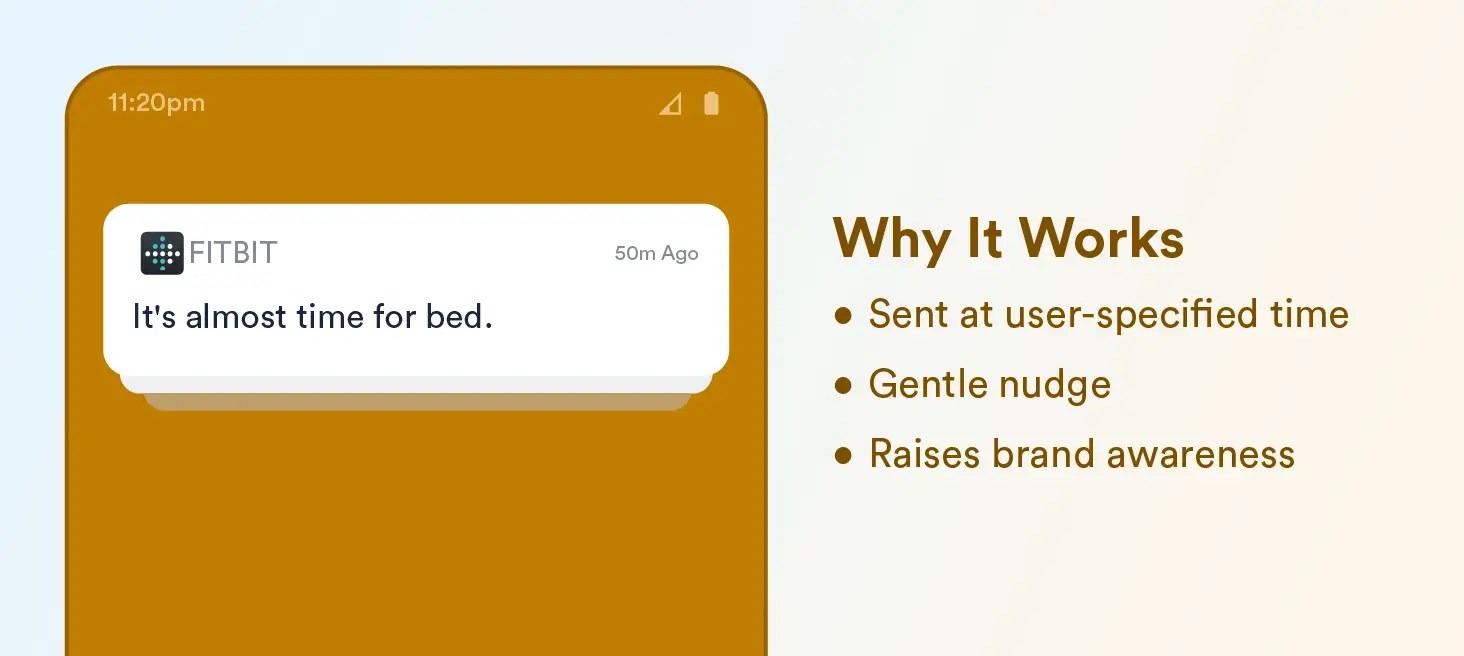
Fitbit’s approach is simple but effective. This bedtime nudge is triggered by a user-defined goal, making it feel timely and considerate. Rather than asking users to do something new, it supports something they have already committed to, helping the app stay relevant in their daily routine.
Why it works:
- Timely: Aligned with the user’s preset bedtime goal.
- Personal: Feels more like a supportive coach than a generic reminder.
- Actionable: Encourages users to take real-world action — no tap needed.
Pro Tip: Layer in habit tracking or encouragement. “You’ve stayed on track 5 nights in a row — bedtime goals are working!”
4. Challenge them to take action
Sometimes, the best way to get a user to engage is to be a little cheeky. When done right and aligned with your brand voice, a light challenge or dose of sarcasm can prompt curiosity and interaction, especially in high-frequency apps like dating platforms.
Example: Tinder
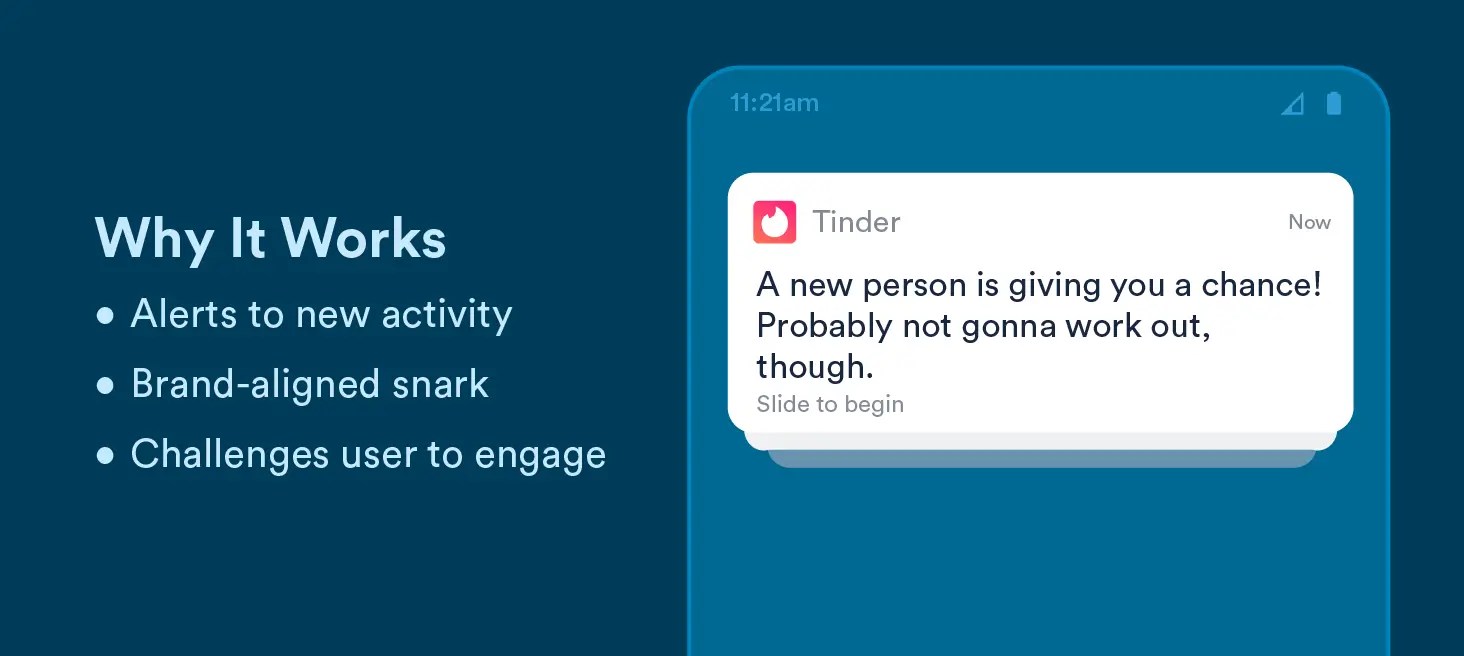
This message walks a fine line, and achieves it. By acknowledging the interaction while humorously undercutting it, Tinder invites users to re-engage while staying true to its irreverent tone. The push also cleverly implies a story is unfolding, tempting the user to jump back in and prove the app wrong.
Why it works:
- Timely: Triggered by a swipe or a new activity
- Personal: Sounds like a friend roasting you — very on-brand
- Actionable: Implies a new match is waiting, prompting instant engagement
Pro Tip: Use this tone only if your brand allows for it. Otherwise, a more empathetic prompt (e.g., “You have a new match! Want to say hi?”) may be more appropriate.
5. Capitalize key terms to guide attention and combine with subtle visual cues
Selective capitalization is still a powerful tool to guide attention in push notifications, especially when space is limited and users are skimming. To strengthen this effect, pair it with modern formatting tactics like emoji placement, dynamic emphasis (on supported devices), or subtle word pacing that boosts clarity. Just make sure to use these sparingly — too much styling can feel spammy.
Example: MyFitnessPal
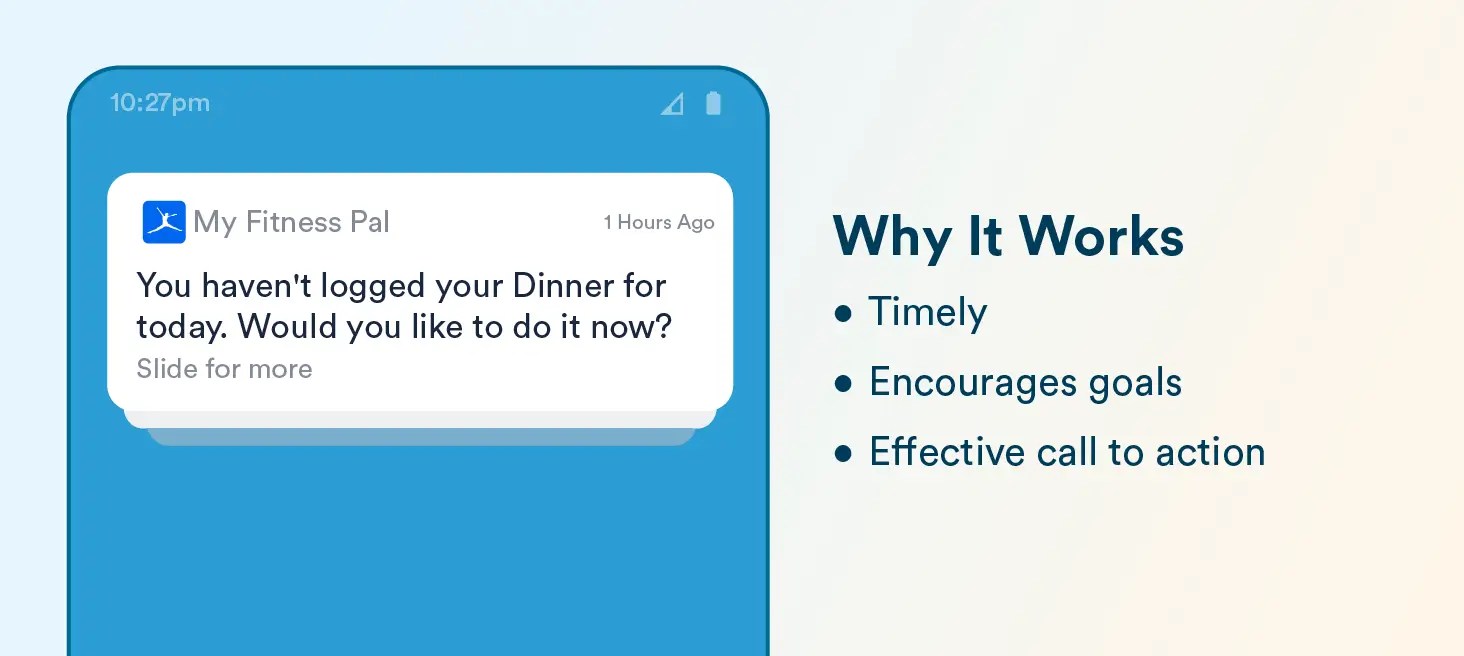
The capitalized “Dinner” helps users immediately recognize the context of the reminder. Combined with polite phrasing, it delivers clarity without pressure.
Why it works:
- Timely: Sent at night, shortly after dinner time
- Personal: Based on user behavior within the app
- Actionable: Clear question + tap-friendly CTA
Pro Tip: Use capitalization, emojis, or visual hierarchy to highlight one or two key terms — no more. Restraint helps ensure your push remains clean, readable, and attention-worthy.
Learn more about the importance of emojis in push notifications.
6. Design push notifications to reengage users when they go inactive
Reengagement messages are critical for long-term retention. One of the most effective push notification best practices is to remind users what they’re missing — but in a way that feels friendly, not forceful.
Example: Facebook
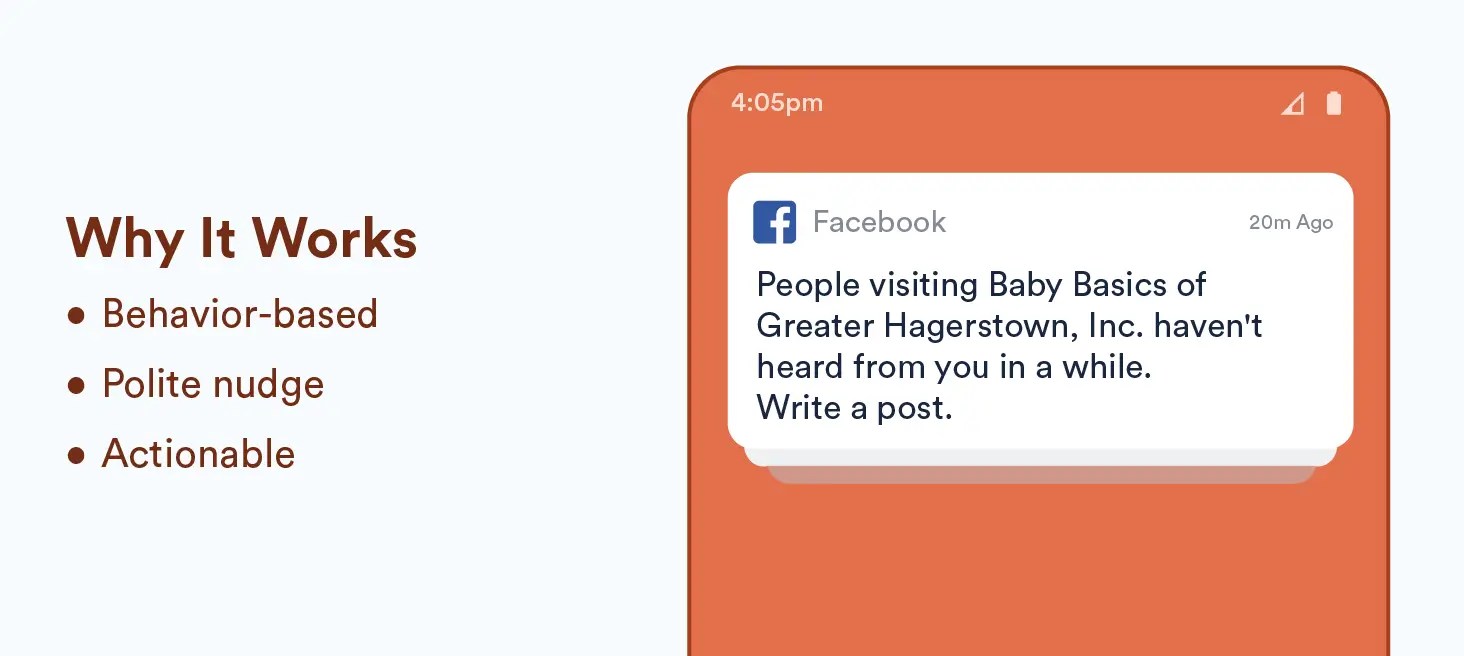
Rather than calling out inactivity, this push frames it around the user’s community. It shifts the focus from the app’s needs to the user’s value to others, creating a subtle but effective emotional nudge.
Why it works:
- Timely: Sent after a gap in behavior
- Personal: Refers to a specific group or page the user manages
- Actionable: A soft “Write a post” prompt lowers the friction to act
Pro Tip: Mentioning audience or impact (“Your post reached 500 last time!”) can add urgency.
7. Remind users to complete an action
Reminders to finish what the user started — like an abandoned cart or a skipped setup — are a staple in push strategy. They’re effective because they bridge intent with action. But you can make them even more compelling by framing them as progress milestones or near-rewards.
Example: Jet
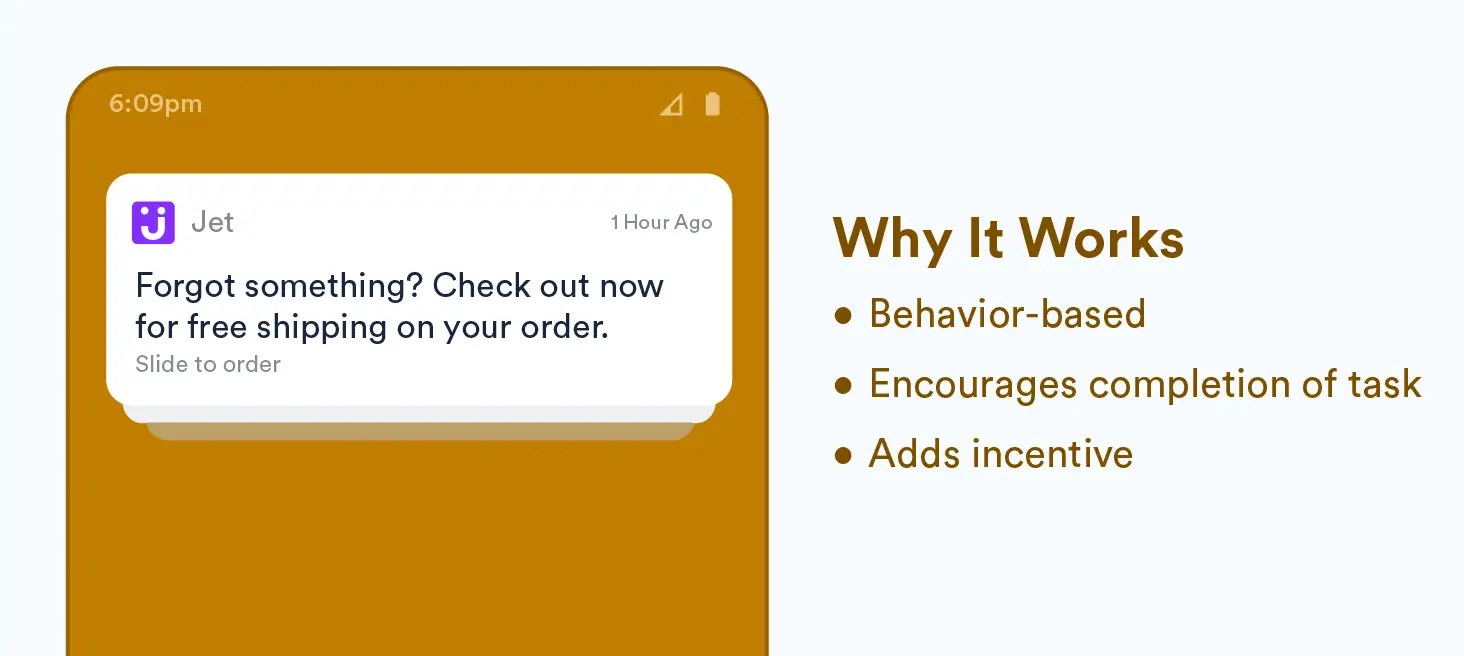
This message works well on its own: it prompts a return, references a benefit, and keeps the tone light. You can enhance this by adding a progress cue like “You’re just one step away” or “Unlock free shipping with checkout.”
Why it works:
- Timely: Triggered shortly after cart abandonment
- Personal: Behavior-based, not generic
- Actionable: “Check out now” is direct and benefits-focused
Pro Tip: Reframe the reminder as a near-win to create momentum, not just completion. Adding a time-limited incentive or a “so close” message increases re-engagement without increasing pressure.
8. Announce exciting updates that bring users back
One of the smartest mobile push notification best practices is using content updates to spark return visits. If the update is tied to the user’s interests, even better — it’s not just news, it’s their news.
Example: Spotify
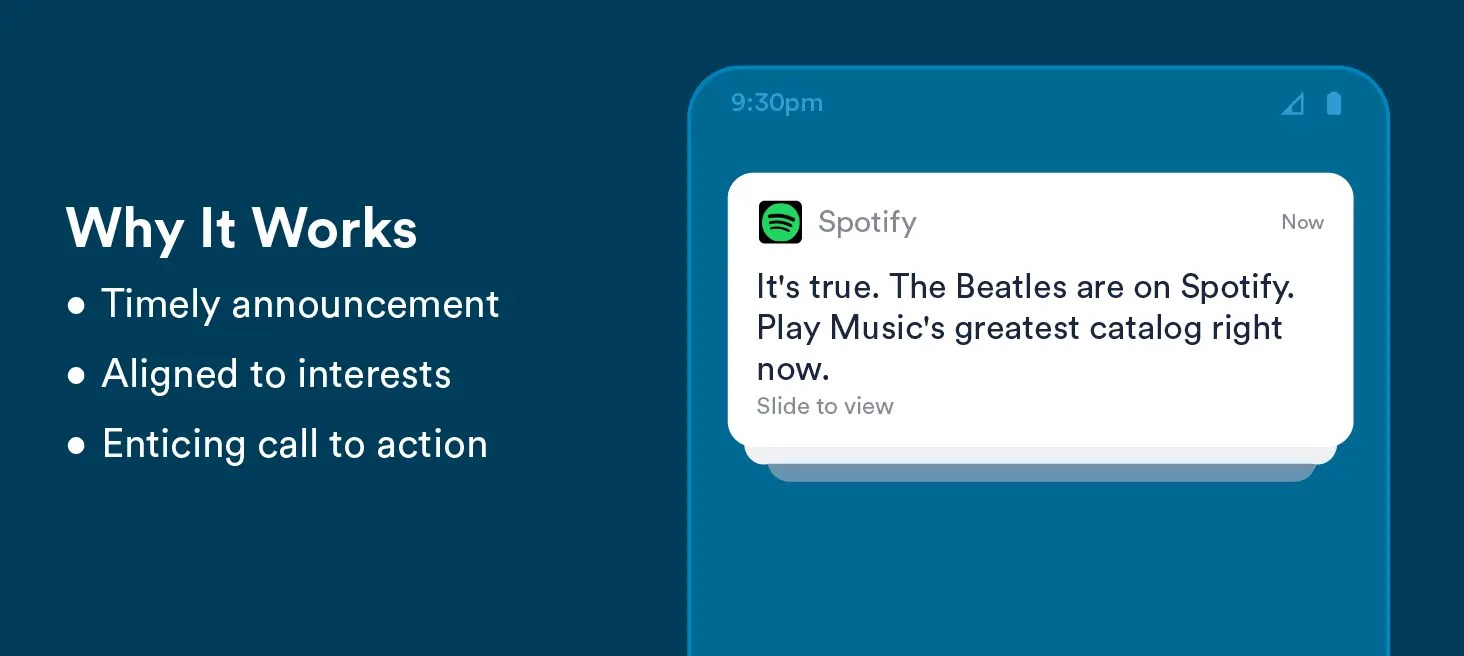
This announcement targets music fans who are likely to appreciate the addition of a legendary catalog. It’s personal without being creepy and exciting without being overhyped. It doesn’t just tell the user — it invites them to listen now.
Why it works:
- Timely: Aligned with a major content drop
- Personal: Likely sent to users who stream classic rock or related genres
- Actionable: Encourages instant interaction with “Play… right now”
Pro Tip: Use excitement strategically. Personalization beats loud announcements every time.
9. Use flattery to boost connection and goodwill
Users appreciate feeling seen, especially when they’ve put in effort. A little flattery (if sincere) adds warmth to a utility message, which can be especially powerful in lifestyle and service apps.
Example: Lyft
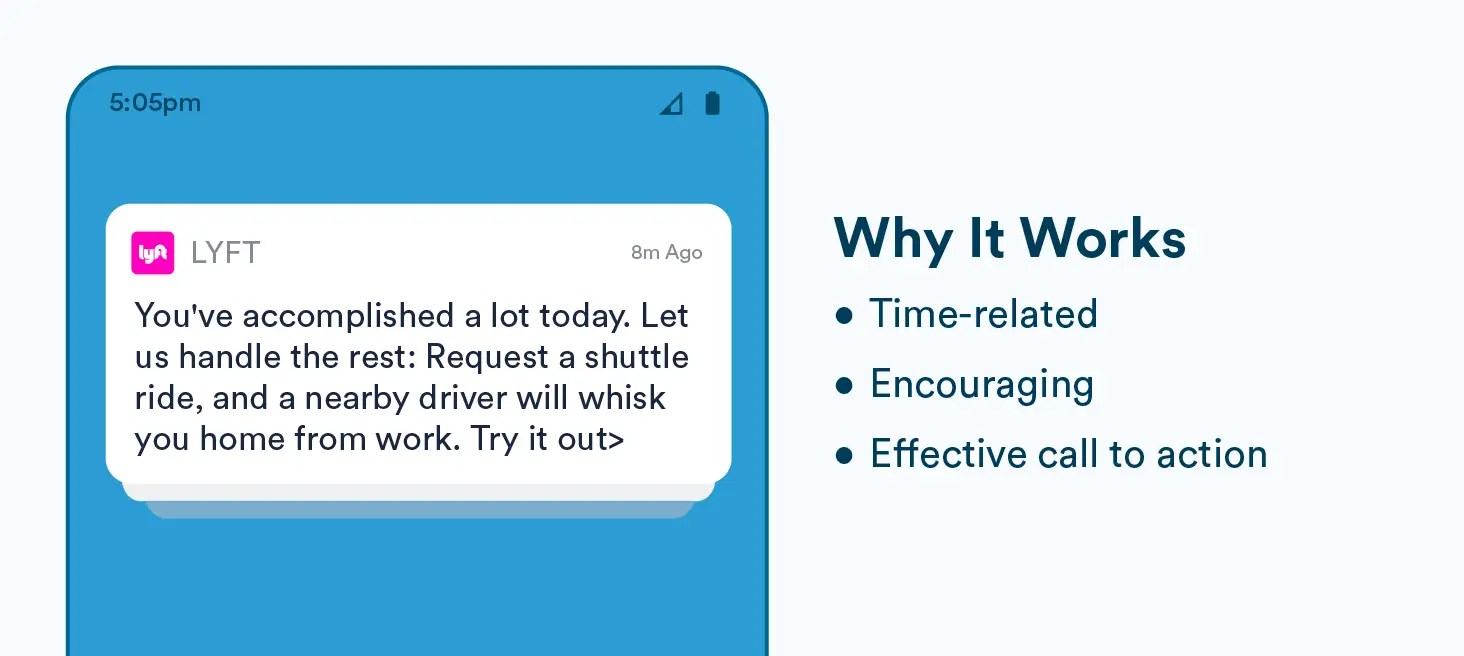
This message reframes a product feature (shuttle booking) as a reward for a long day. It makes the user feel like they’ve earned a break, and Lyft is here to make that happen.
Why it works:
- Timely: Sent in the evening, post-work hours
- Personal: Acknowledges the user’s likely state of mind
- Actionable: “Try it out” is casual and inviting
Pro Tip: Avoid overuse — flattery should feel earned, not automated.
10. Back your message with credible authority
Telling people what to do is one thing. Explaining why it matters, backed by data or social proof, takes it a step further. Citing research or studies is especially effective in wellness, finance, and learning apps.
Example: Happier
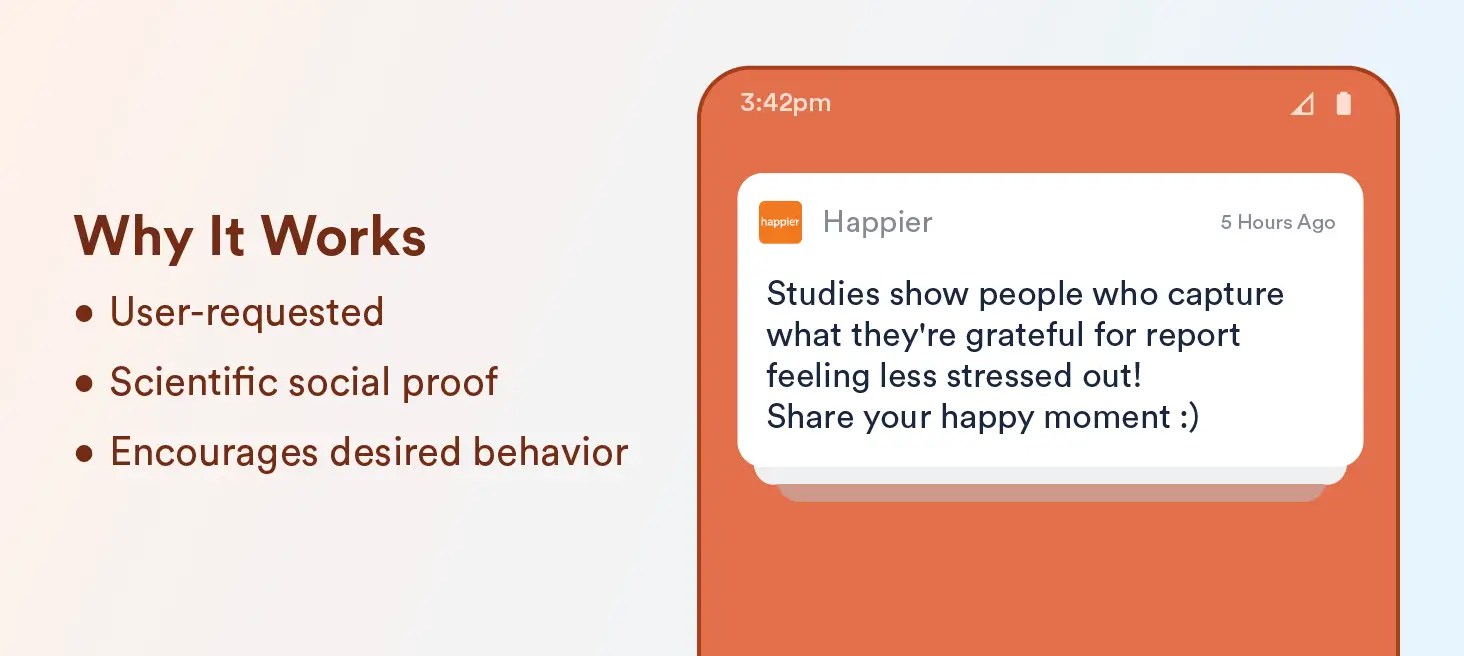
This push uses psychology to promote a habit that benefits the user and aligns with the app’s purpose. The science adds credibility, and the tone stays casual and upbeat.
Why it works:
- Timely: Encourages end-of-day reflection
- Personal: Supports an opt-in, user-driven behavior
- Actionable: Encourages the next step without being pushy
Pro Tip: Shorten the science. Use a single sentence or stat and follow it with a clear prompt.
11. Challenge them to take action
Great push notifications don’t always need urgency or incentives — sometimes, they just need a human voice. Conversational phrasing draws people in by sounding like something a friend might say, especially when the topic feels unexpected or offbeat.
Example: CNN
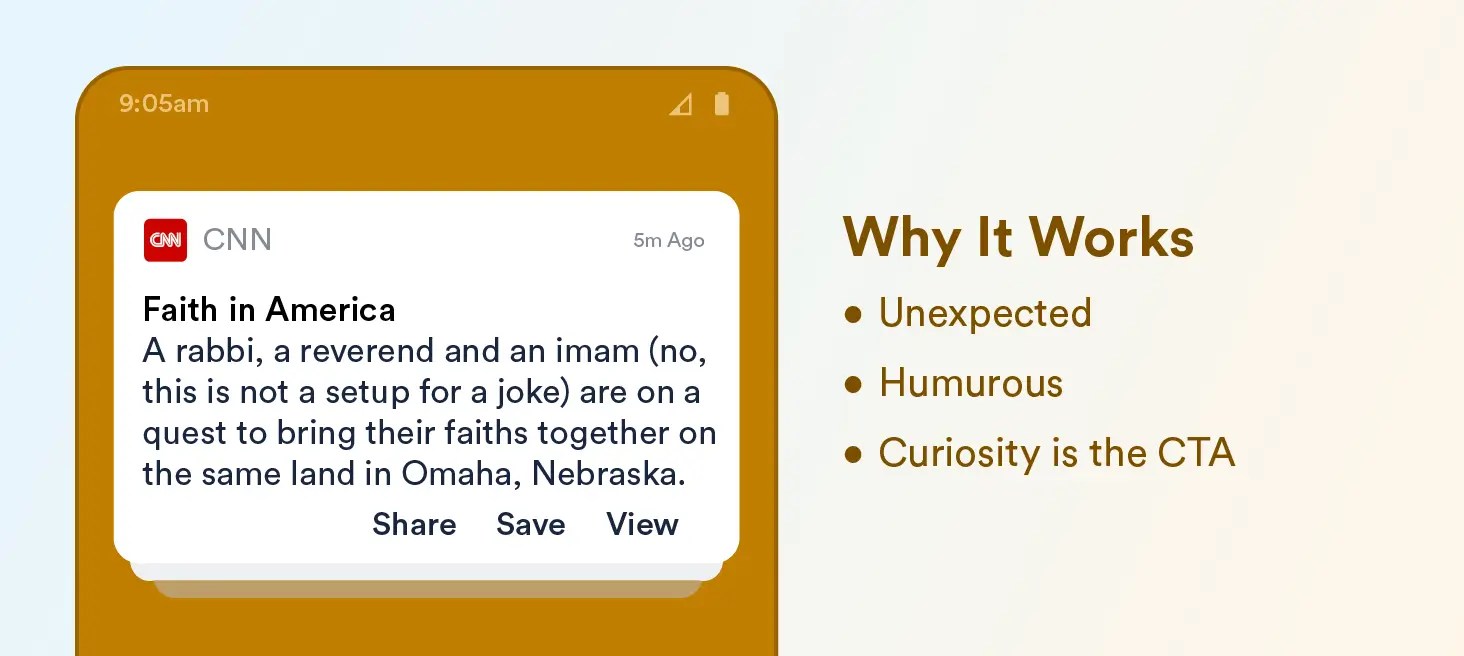
This message catches attention because it opens like a joke, but then pivots into a story of unity. The casual tone, parenthetical aside, and unusual combination of characters all work together to create curiosity and warmth.
Why it works:
- Timely: Shared when interest in faith or cultural unity is relevant.
- Personal (in tone): Written like a human, not a headline.
- Actionable: The curiosity it builds is the call to action.
Pro Tip: Use a pattern interrupt — a surprising or humorous hook — to get users to pause and read. Just make sure the payoff (the content) delivers.
12. Ping users when a price drops and include smart context to aid decisions
Price drop alerts are one of the most valuable push types for users. They work because they’re directly tied to user interest and offer immediate value. To make these alerts even more effective, add context — such as how significant the drop is or whether it’s a smart time to book.
Example: Skyscanner
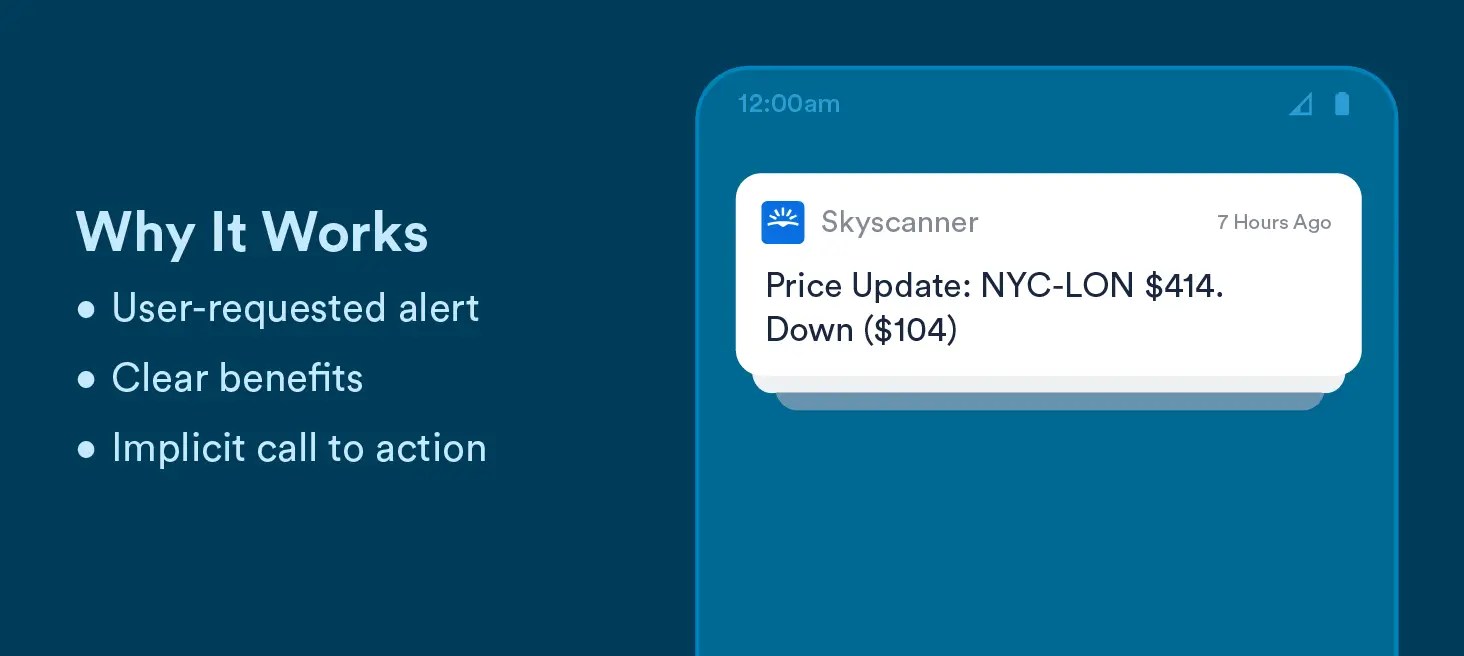
This push is short and actionable. It delivers the price, the savings, and the route in a digestible format. You can strengthen it further by adding a subtle forecast: “Fares unlikely to drop further this week” or “Best deal in the past month.”
Why it works:
- Timely: Sent as soon as the price changes
- Personal: Triggered by user-specific search or alert
- Actionable: Implies “book now” without saying it
Pro Tip: Help the user interpret the price, not just react to it. A push that includes value signals (like historical low or urgency cue) turns data into confident decision-making.
13. Remind users to take their favorite tool with them
Push notifications aren’t always about doing something in-app. Sometimes they’re about reinforcing behavior that complements your product in the real world, especially for lifestyle or hardware brands.
Example: GoPro

This short message is part checklist, part brand reminder. It’s perfectly timed for outdoor adventurers gearing up for a weekend trip. The tone is light and helpful, and it positions the GoPro as something essential, right alongside your keys or sunscreen.
Why it works:
- Timely: Sent late Friday or early Saturday.
- Personal: Appeals to users who’ve shown interest in capturing experiences.
- Actionable: Encourages a real-life action without any tap.
Pro Tip: Tie these reminders to user context, not just time, but also weather, travel bookings, or activity trends.
14. Use playful language to make routine tasks feel lighter
Task-oriented push notifications can easily come across as nagging. But when you infuse them with personality and humor, you remove friction and increase the odds that users follow through.
Example: Buffer
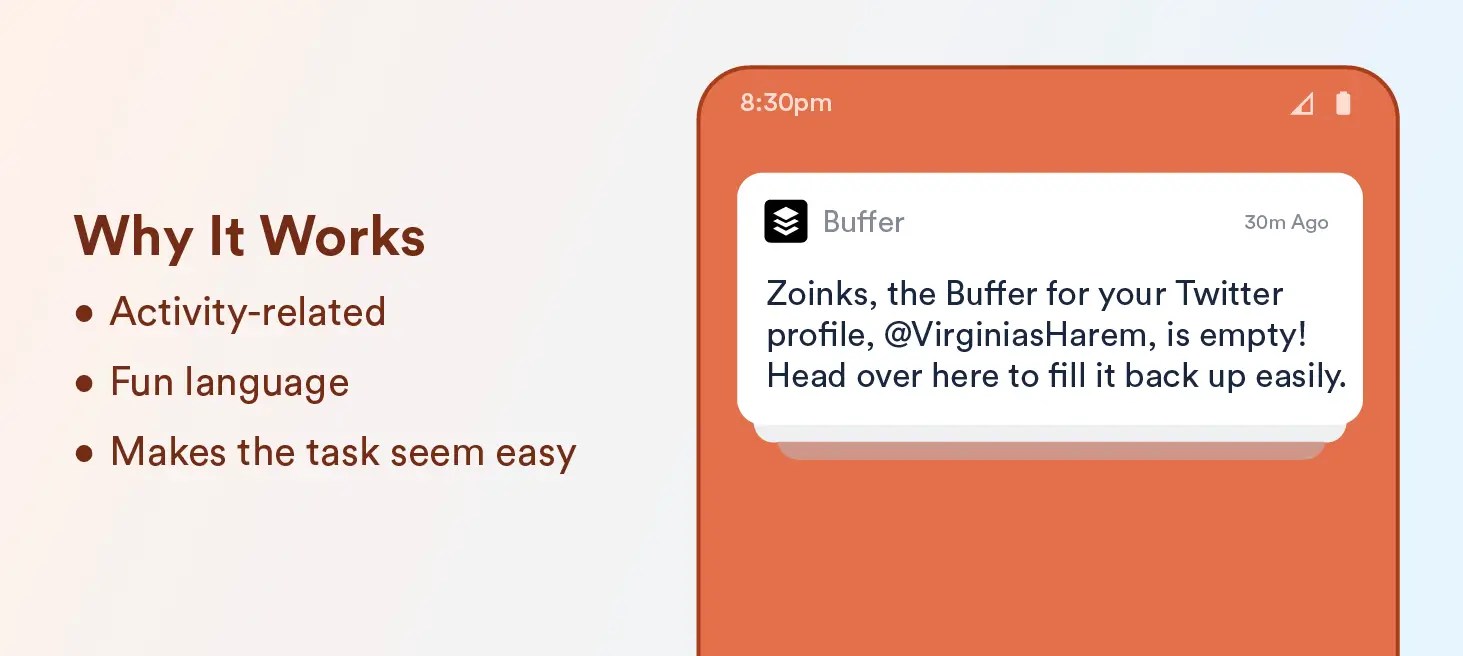
Buffer turns a low-energy reminder into a moment of delight. “Zoinks” adds whimsy, while the phrasing keeps the task approachable. Instead of feeling like work, it feels like play, and that helps the user re-engage with less resistance.
Why it works:
- Timely: Triggered shortly after a post queue is emptied.
- Personal: Mentions the specific account tied to the user’s workflow.
- Actionable: Makes the ask (“fill it back up”) sound easy and quick.
Pro Tip: Pairing fun language with familiar platform cues is a great push notification best practice when your goal is to keep engagement steady, without overwhelming users.
15. Ask thought-provoking questions that promote reflection
Not every notification needs to push a product or drive a tap. In mindfulness apps, asking users a meaningful question helps them slow down, self-reflect, and reconnect with your core values.
Example: Headspace
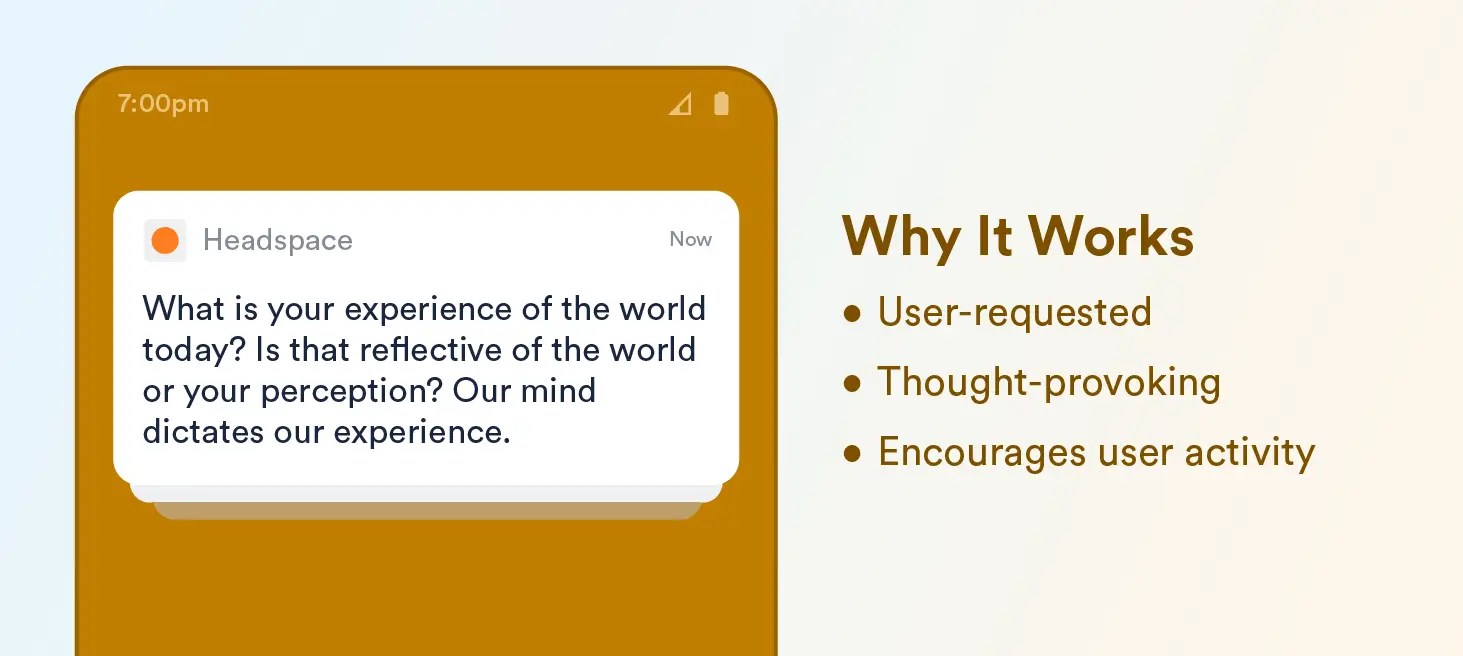
This notification doesn’t prompt an action — it prompts insight. The copy reflects the app’s role as a mental wellness partner. For users seeking calm or focus, the simple act of pausing to reflect deepens their connection to the brand.
Why it works:
- Timely: Sent during downtime when users are most receptive.
- Personal: Encourages users to explore their own emotions and thoughts.
- Actionable: While there’s no tap required, the question promotes the app’s purpose (mindfulness practice).
Pro Tip: Reflective prompts are a powerful mobile push notification best practice, but only if your product truly delivers on emotional support or personal growth.
16. Make your audience laugh (and feel seen)
Humor is more than entertainment, it’s a shortcut to connection. When your push notifications reference memes, music, or pop culture, you’re signaling that your brand gets it. And your users will reward that.
Example: Imgur
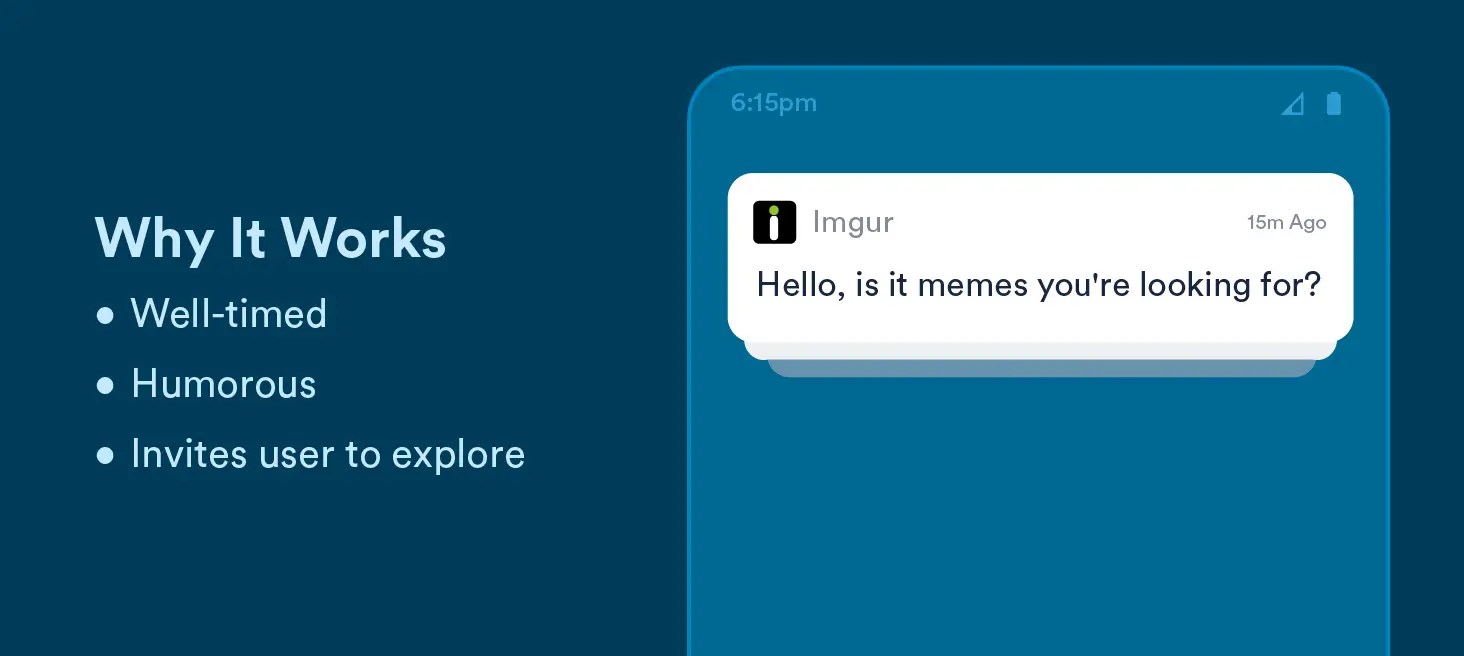
This parody of a Lionel Richie lyric perfectly fits Imgur’s tone and audience. It acknowledges the user’s mood (likely chill and scrolling) while injecting enough nostalgia to earn a smile. All without directly selling anything.
Why it works:
- Timely: Sent during post-work or evening browsing hours.
- Personal: Built around meme culture and shared digital language.
- Actionable: Curiosity leads the user to open the app for a dopamine scroll.
Pro Tip: Tie humor to emotional rhythm. Use light jokes when users are most likely decompressing, not during moments of stress or action.
17. Use absurdity to surprise and delight your audience
Absurd humor works best when it taps into shared internet culture or exaggerated scenarios that feel oddly believable. It’s not just about being funny; it’s about disrupting expectations in a way that reinforces your brand personality.
Example: Five-O Depot
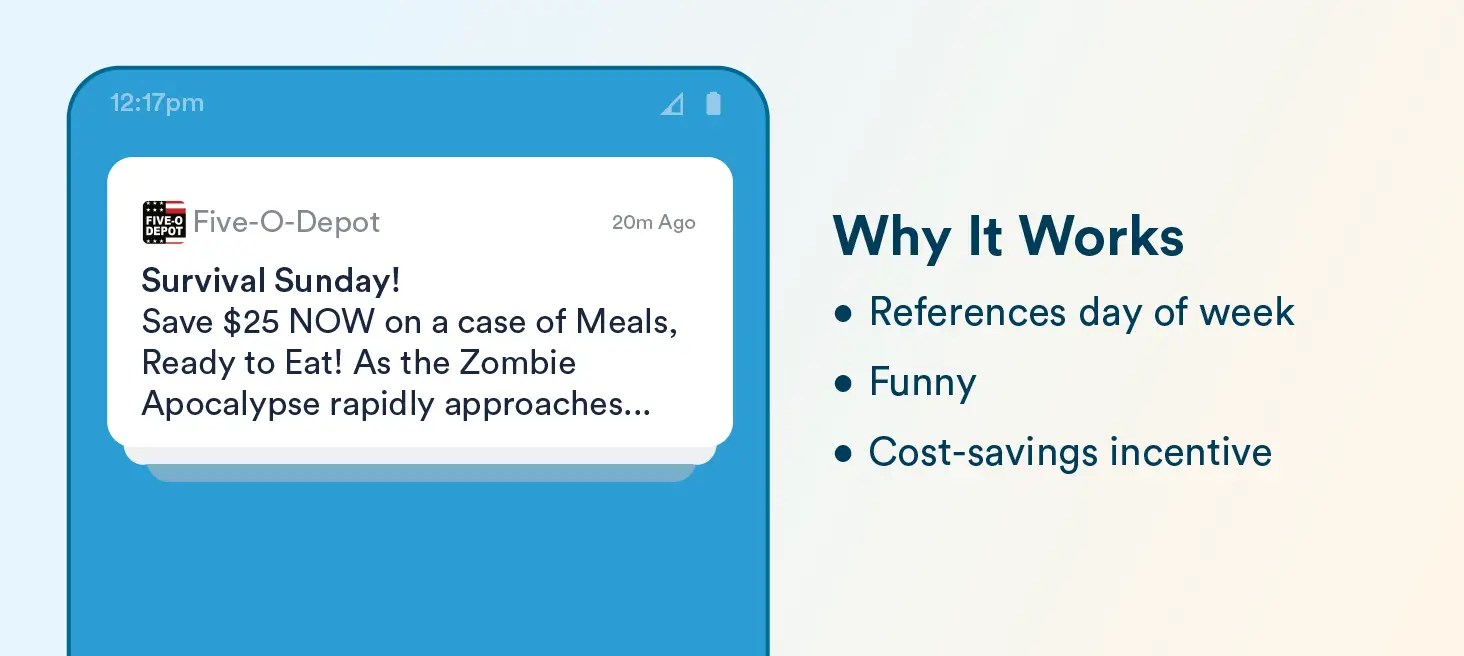
This push makes a discount feel like a mission. The over-the-top tone creates a mini-narrative that’s fun, fast, and unexpected. Users don’t just see a promo, they’re momentarily transported into a (ridiculous but vivid) world where their purchase has life-or-death consequences.
Why it works:
- Timely: Anchored to a recurring theme (“Survival Sunday”) that users learn to expect.
- Personal (to culture): Leans into the prepper meme mindset, with knowing humor.
- Actionable: “Save $25 NOW” drives urgency with bold visual hierarchy.
Pro Tip: Want your brand to be remembered? Create episodic absurdity. Tie surreal push alerts to weekly patterns or product categories, it’s a clever push notification best practice that builds recognition and recall over time.
18. Reinforce your app’s unique value the moment users join
Welcome push notifications should do more than greet — they should clarify why the user made the right choice. That first impression isn’t just an onboarding formality; it’s a moment of emotional reinforcement.
Example: Jet

Instead of explaining features, Jet immediately offers a benefit (shared savings) and layers in personality with a cheeky cultural reference. Maybe Jet drew on demographic data and assumed that because their new user was a millennial, he loved LaCroix. It doesn’t just say “hello” — it says “we get you.”
Why it works:
- Timely: Triggered at the emotional peak of signup.
- Personal: Reflects generational quirks with wit, not assumptions.
- Actionable: Soft CTA invites browsing, not pressure.
Pro Tip: In mobile push notification best practices, onboarding content should always link back to your app’s emotional hook, whether that’s ease, status, savings, or identity. Let your first push answer: What do we help you become?
19. Celebrate user progress with specific, satisfying updates
Acknowledging user milestones, even tiny ones, triggers a sense of accomplishment. The more precise the update, the more it validates the user’s investment of time or effort.
Example: LinkedIn Jobs

This isn’t just a notification, it’s an affirmation. It confirms that the user’s effort (applying) led to a reaction (viewed). That validation loop is core to habit-forming products, especially where stakes are high, like jobs or finances.
Why it works:
- Timely: Sent shortly after employer activity, while anticipation is fresh.
- Personal: Names the exact role and company to deepen perceived relevance.
- Actionable: Implies the user should check their inbox or re-engage.
Pro Tip: Turn transactional updates into emotional wins. Frame push alerts like “You’re getting noticed” or “Momentum’s building,” it’s a best practice that strengthens product habit loops and retention.
20. Hype up an upcoming event
The most effective sales push notifications don’t just offer a discount, they connect that discount to the user’s life. Whether it’s weekend routines, holidays, or cultural events, relevance makes your message feel timely and useful.
Example: Target Cartwheel

By anchoring this promotion to “game day,” a moment when people gather, snack, and shop, Target makes the offer feel like a helpful reminder, not a marketing blast. The language is playful, seasonal, and visually paced for scanning.
Why it works:
- Timely: Aligned with football season, party planning, and Sunday shopping behavior.
- Personal (to behavior): Speaks to grocery-buying rituals and social habits.
- Actionable: “Score savings” doubles as a pun and a clear CTA.
Pro Tip: Build a calendar of push-worthy moments based on your audience’s lifestyle. This is a foundational push notification best practice for making your campaigns feel embedded in the user’s world, not interruptive.
21. Use bold humor to channel emotional release
When users are overwhelmed, they don’t need another polished message, they need emotional resonance. A push notification that captures that energy with well-timed, brand-aligned humor can build instant connection and drive taps.
Example: Saucey
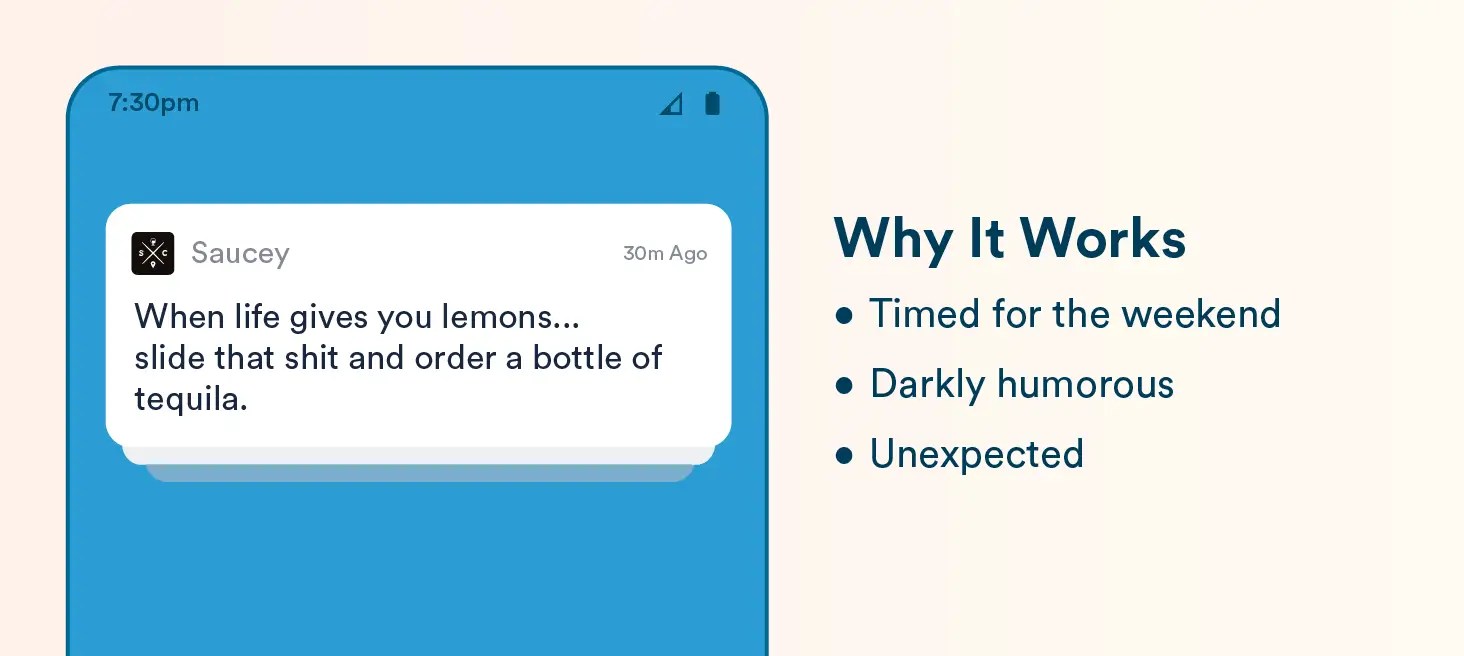
This push leans into end-of-week frustration with a subversive twist on a well-worn phrase. It doesn’t promote tequila, it reframes it as a solution to a universally understood feeling. The result? A tap driven by mood, not mechanics.
Why it works:
- Timely: Sent during late-evening downtime, when people are decompressing.
- Emotionally specific: Speaks to user mindset, not just lifestyle.
- Actionable: “Slide” is seamlessly integrated into the punchline.
Pro Tip: Humor is a high-trust strategy. Use it when you’ve earned emotional permission from your audience. In this case, the CTA isn’t “buy alcohol,” it’s “we see you, and we’ve got you.”
22. Ask quiet questions to deepen emotional connection
Some of the most effective push notifications don’t ask users to do something. They ask them to reflect. These prompts work especially well when your app plays a supportive role in the user’s life.
Example: Balanced
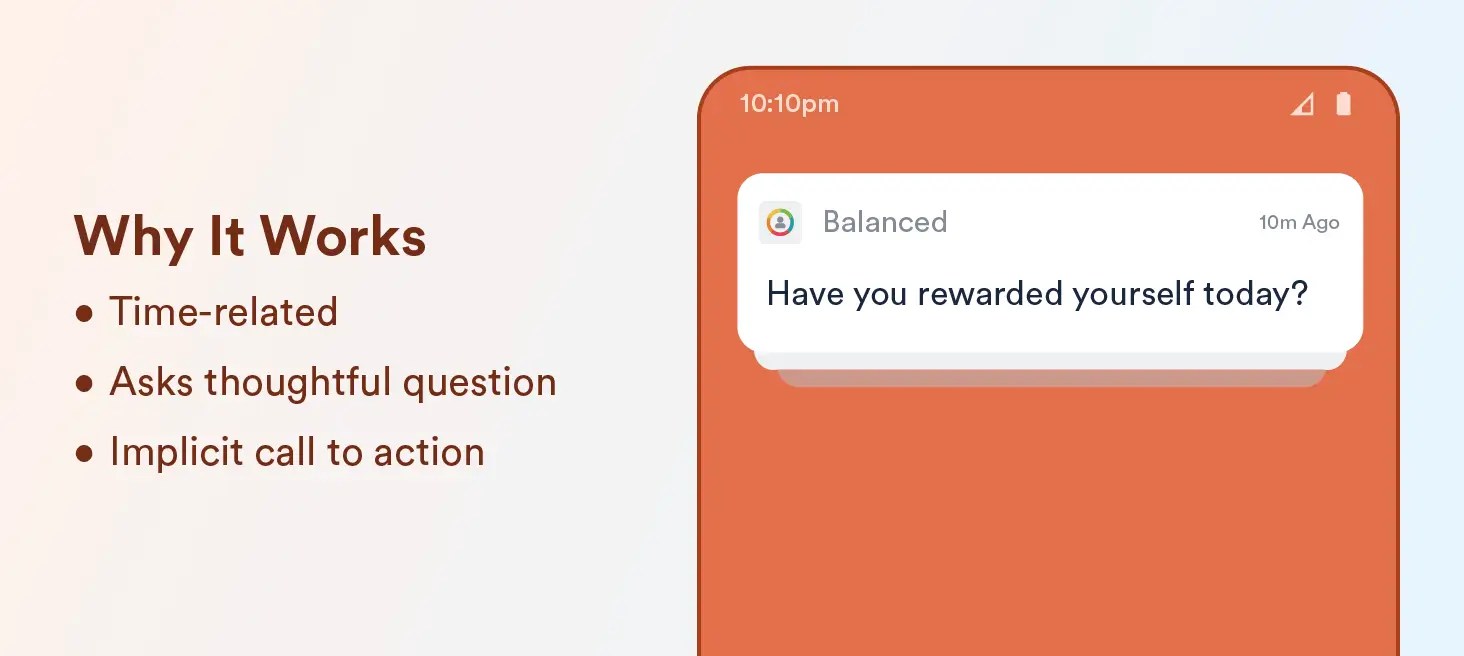
This push encourages self-recognition, not self-optimization. That subtle shift helps users feel supported, rather than judged. It’s a simple line that functions as both a reminder and an affirmation, and that dual role builds trust.
Why it works:
- Timely: Sent during the evening, when users are evaluating their day.
- Personal: Addresses the user with emotional intelligence.
- Actionable (implicitly): Promotes re-engagement by asking a meaningful question.
Pro Tip: Emotional prompts are most effective when they align with daily mental patterns, such as evening wind-downs, weekend reviews, or moments of uncertainty. This is a mobile push notification best practice that earns attention through care, not volume.
23. Drive urgency with relevance, not pressure
Event-based notifications work best when they respect a user’s autonomy. Instead of assuming intent (“You must book for Valentine’s Day”), the best practice is to highlight opportunity and let the user make the call.
Example: OpenTable
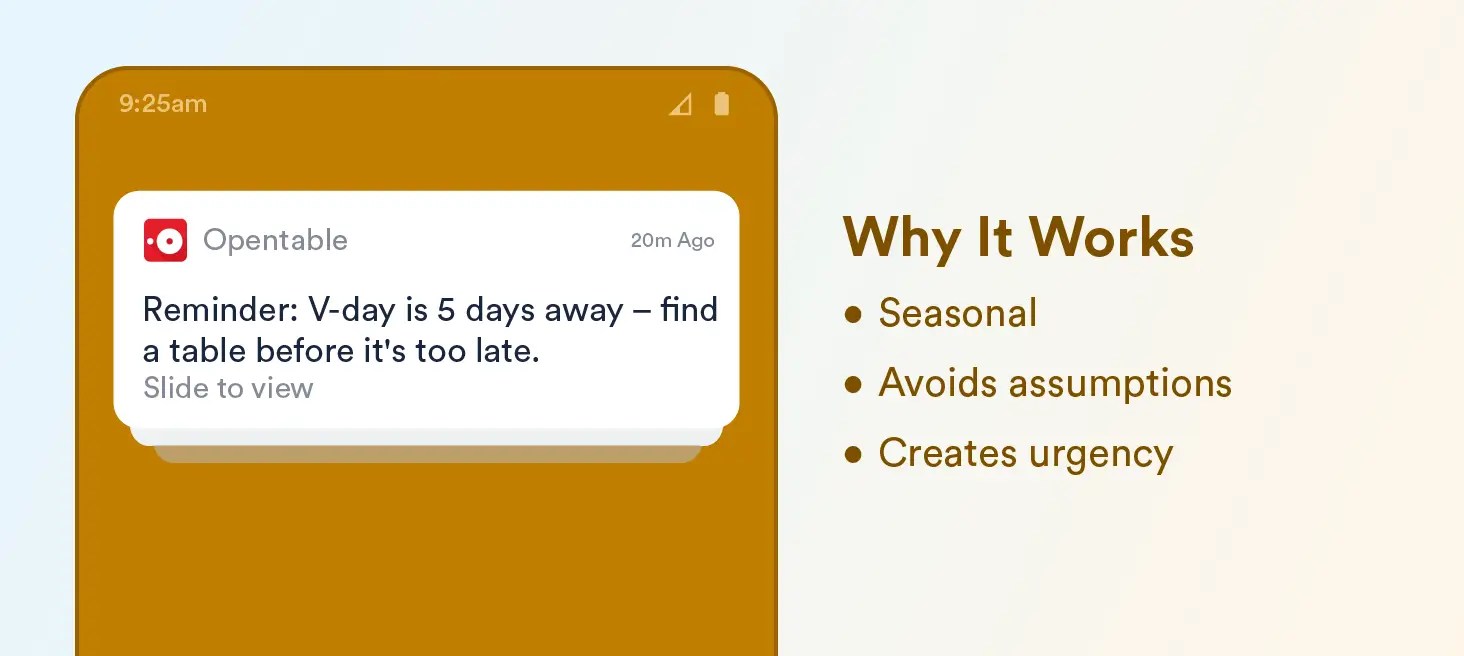
This push strikes the right balance: it creates urgency around availability, not romance. By avoiding assumptions about who the user is or what they’re planning, it remains relevant and respectful, which makes the CTA feel genuinely helpful.
Why it works:
- Timely: Delivered with just enough runway to act.
- Context-aware: Tied to a shared calendar moment, not personal assumptions.
- Actionable: “Find a table” is clear, functional, and direct.
Pro Tip: Tie urgency to limited opportunity, not emotional obligation. That distinction builds trust and improves tap-through rates, especially during high-volume promotional windows.
24. Use location as a value trigger, not just a signal
Location-based notifications are most effective when they surface unexpected value tied to a user’s physical context. Instead of saying “you’re nearby,” the message should say, “you’re in the perfect spot, here’s what you can do.”
Example: NFL Mobile

This push succeeds because it focuses on experience rather than promotion. It doesn’t try to sell — it offers an opportunity that feels spontaneous and exclusive, based entirely on where the user is at that moment.
Why it works:
- Timely: Triggered by geolocation when proximity is relevant.
- Personal (to interest): Speaks to NFL fandom without over-targeting.
- Actionable: The CTA is physical, clear, and appealing.
Pro Tip: Geofencing should always be tied to user benefit, not just location awareness. Use it to deliver moments, not messages, it’s a high-impact mobile push notification best practice for brands with offline presence.
Learn more about geofences in this guide about effective geofencing strategies.
25. Be self-referential or “meta” to make your brand feel human
Sometimes, breaking the fourth wall is the fastest way to earn attention. When a brand refers to itself, with intention, it creates a more conversational, transparent tone that feels less like marketing and more like real talk.
Example: BuzzFeed News

This push leverages humor, relevance, and brand voice in one compact story. It acknowledges global uncertainty, adds an imaginative twist, and uses BuzzFeed as part of the punchline. The result is not just a news prompt, it’s an identity signal for readers.
Why it works:
- Timely: Anchored in a current global issue.
- Brand-consistent: Uses BuzzFeed’s tone without slipping into parody.
- Actionable (implicitly): Curiosity and tone lead the user to tap, no CTA needed.
Pro Tip: If your content or product has strong editorial DNA, let it come through in your push tone. Self-aware messaging isn’t about being funny; it’s about being familiar, and that’s what makes it effective.
26. Ask for reviews when the experience is fresh, and tie it to user impact
Post-experience feedback requests are a trusted engagement strategy, but they’re even more effective when they make the user feel helpful, not just responsible. Highlighting how a review helps others adds a social layer that increases response rates.
Example: Airbnb

This push is respectful and well-timed. To deepen its appeal, add a line like “Your review helps future guests make smarter choices.” It shows that the user’s voice contributes to a larger purpose.
Why it works:
- Timely: Triggered post-stay, while the experience is still fresh in memory
- Personal: Names the host directly, making it feel specific and direct
- Actionable: Reduces hesitation with clarity about how the review system works
Pro Tip: Pair review prompts with community impact. Shifting from “Rate this stay” to “Help future travelers decide” builds motivation and trust.
27. Use message previews to drive open intent
In platforms where collaboration is constant, a push doesn’t need to tell the whole story, it just needs to give users a reason to check in. Done well, a partial message can feel like a digital nudge.
Example: Asana
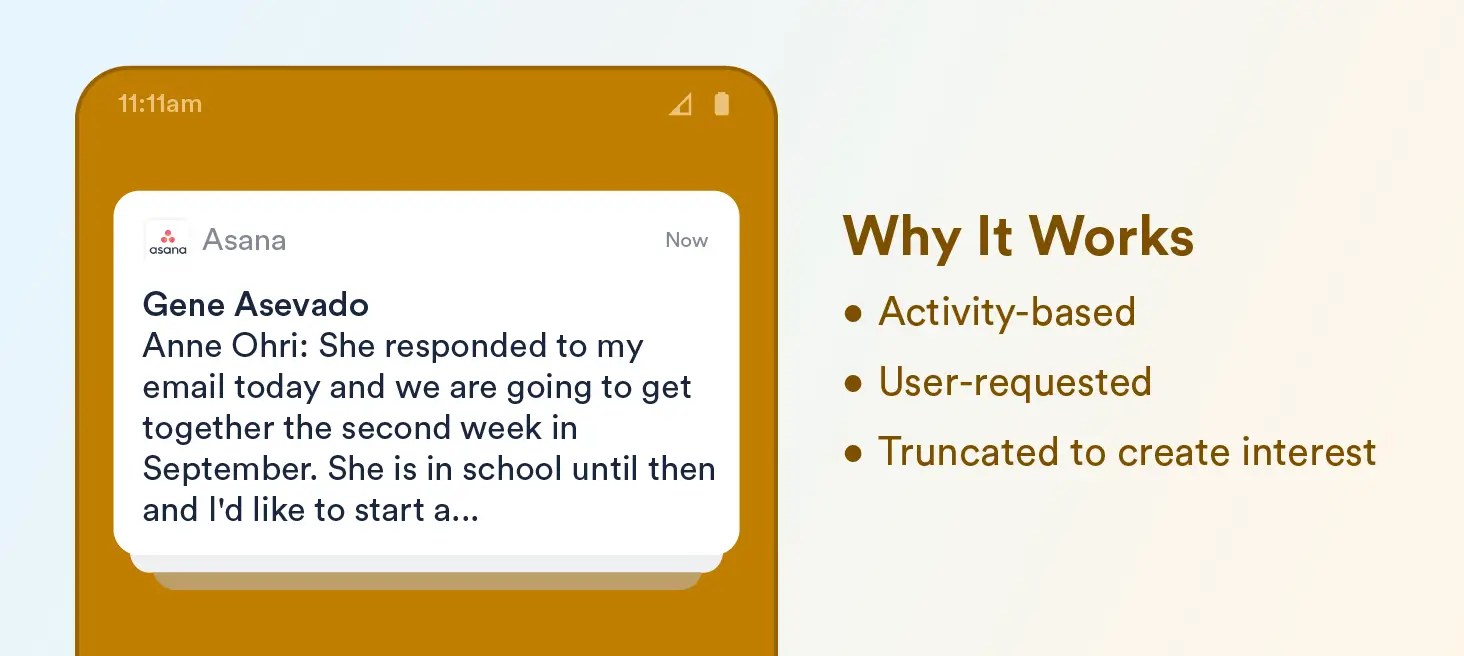
Rather than summarizing activity, Asana shows the beginning of a real conversation. The truncation creates tension, users want to know how the sentence ends, especially if it’s about their project or timeline.
Why it works:
- Timely: Sent instantly after an update, aligned with platform activity.
- Personal (contextually): Based on a thread the user is part of or following.
- Actionable: Uses natural cliffhanger to prompt a tap-in.
Pro Tip: Truncated previews can drive powerful curiosity, but only when the content is relevant. Ensure users opt in to only the updates they care about.
28. Set up an irresistible story
Story-driven notifications work because they mimic how our brains are wired to engage with beginnings. A great push doesn’t need to tell the full tale, just the hook. When you present a mini mystery or unexpected scene, users are more likely to pause, wonder, and tap to see what happens next.
Example: The Wall Street Journal
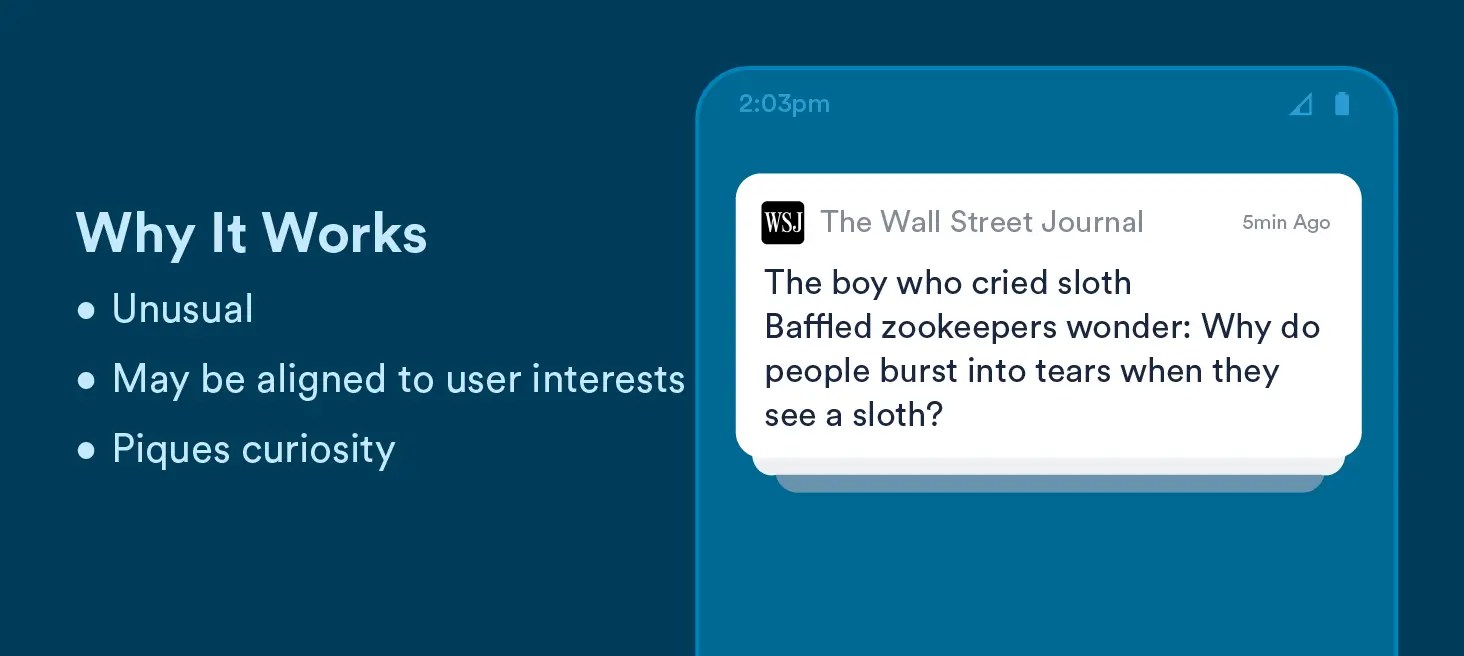
This isn’t a hard news headline, it’s a soft, strange narrative hook. The title sets up a paradox (why tears over sloths?) and the punchy format mimics storytelling rhythm. And it’s possible the user has even seen a video or two of someone sobbing over a sloth sighting. It doesn’t tell you everything — it tells you just enough to pull you in.
Why it works:
- Timely: Likely shared during low-friction reading hours like evenings or weekends
- Personal (emotionally): Taps into universal softness for animals and curiosity
- Actionable: The headline is the CTA — you tap to finish the story
Pro Tip: When crafting a story-style push, focus on the tension, not the summary. Ask yourself: What’s the sentence that would make someone lean forward?
29. Use real-time content to activate FOMO
Live content has a built-in expiration. That alone makes it powerful. But when your push reminds users that a moment is happening right now, it triggers urgency and social curiosity, especially if the content is tied to someone they follow.
Example: Instagram

This push doesn’t overexplain. It relies on timeliness and simplicity. The real power here is the implication that something unique, possibly personal, is happening right now, and will be gone soon.
Why it works:
- Timely: Sent the moment a live session begins.
- Personal (via relationship): Triggered by activity from someone the user chose to follow.
- Actionable: The CTA is built into the moment, if you miss it, it’s gone.
Pro Tip: When notifying users about live content, shift the focus from what it is to what they’ll miss. Scarcity and social triggers outperform plain information.
Read more about FOMO marketing in this effective guide.
30. Break your tone to earn the scroll
When a brand known for seriousness suddenly shows a different side, playful, weird, casual, the contrast alone can earn attention. That tonal dissonance, when aligned with content, becomes a pattern interrupt that drives interaction.
Example: The New York Times

NYT doesn’t usually speak in emojis or all caps. So when it does, users pause. But the content justifies it, a special comics issue. The playful tone mirrors the subject matter, showing readers that the brand knows how (and when) to lighten up.
Why it works:
- Timely: Promotes a limited-run, themed edition.
- Personal (brand disruption): Breaks from NYT’s usual tone in a way that surprises and delights.
- Actionable: The message promises a fresh take on familiar content.
Pro Tip: Don’t be afraid to disrupt your own voice, just make sure it’s earned. Breaking tone is a push notification best practice when it’s tied to content that warrants the shift.
31. Offer personalized suggestions and deliver them right before they’re needed
Personalized push notifications are highly effective when based on past behavior, but they become even more powerful when combined with timely delivery. The key isn’t just what you suggest — it’s when you suggest it.
Example: Pandora
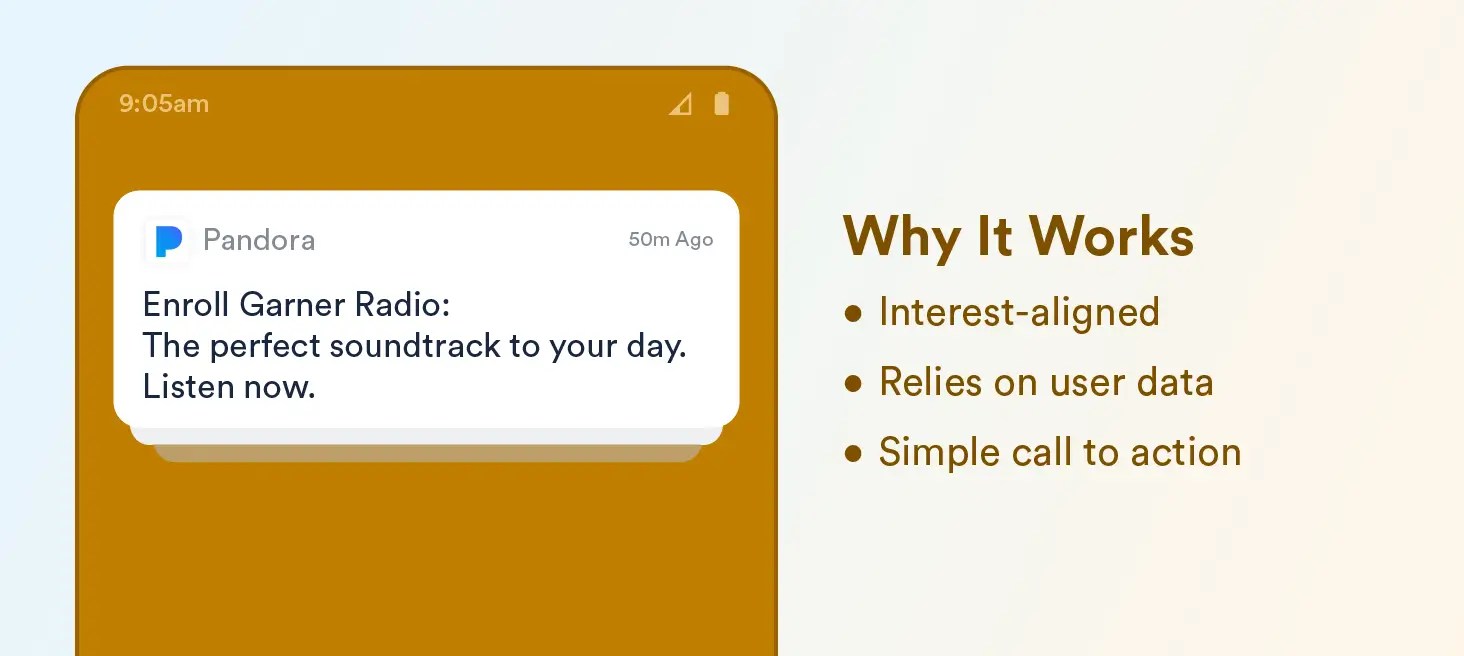
This push is friendly and helpful. To enhance it, align timing with the user’s known routines, like sending it five minutes before their usual listening hour. That shift transforms the message from reactive to anticipatory.
Why it works:
- Timely: Sent in the morning when users are forming daily habits
- Personal: Tailored to music history and listening time
- Actionable: Offers a clear, one-tap entry point with immediate value
Pro Tip: Blend personalization with predictive timing. A well-placed push just before a user’s need arises feels intuitive, and drives higher engagement than reactive reminders.
32. Promote limited-time deals with just enough urgency
Scarcity motivates action, but only when it feels real and manageable. The best time-sensitive push messages present clear information, compelling value, and a short window to act, without hype.
Example: Ixigo
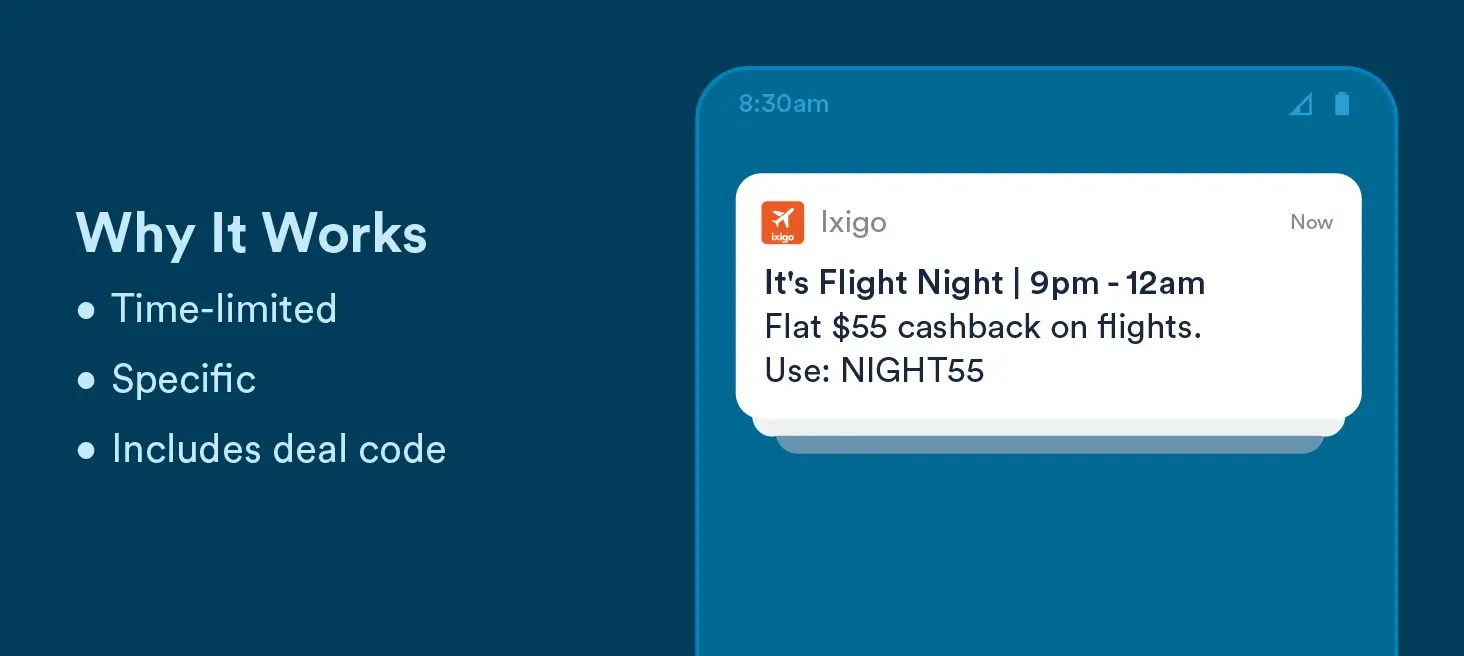
This push uses strong structure: a bold emoji to stand out, a clear offer headline, and a firm deadline. It wastes no time explaining, and that’s exactly what makes it effective in high-competition contexts like travel.
Why it works:
- Timely: Sent in the morning, allowing time to act before the deadline.
- Personal (to segment): Targeted to users browsing this route or city.
- Actionable: Includes price, route, time limit, and code — no guesswork.
Pro Tip: Time-limited pushes work best when they deliver all decision-making data upfront. Don’t hide the value or urgency, highlight it clearly and concisely.
33. Use rich media to show, not tell
For highly visual products, such as video, sports, and gear, showing the experience often beats describing it. A strong image paired with minimal text can do more than a full paragraph when timed to user interest.
Example: YouTube

This push notification doesn’t explain what happened, it lets the image build anticipation. The question teases a story, while the thumbnail invites exploration. It trusts that the user is already interested, and makes it easy to jump in.
Why it works:
- Timely: Delivered after a key event or stage ends.
- Personal (to subscriptions): Tied to user-followed cycling content.
- Actionable: Offers immediate content access with no extra steps.
Pro Tip: Use visual cues to anchor emotional triggers, like awe, pride, or suspense. For mobile push notification best practices, visuals should earn their space with strong narrative payoff.
34. Combine warmth and detail to improve the waiting experience
Transactional notifications aren’t always exciting, but they can still feel human. By adding specificity and friendliness, you turn an update into a branded moment of reassurance.
Example: DoorDash
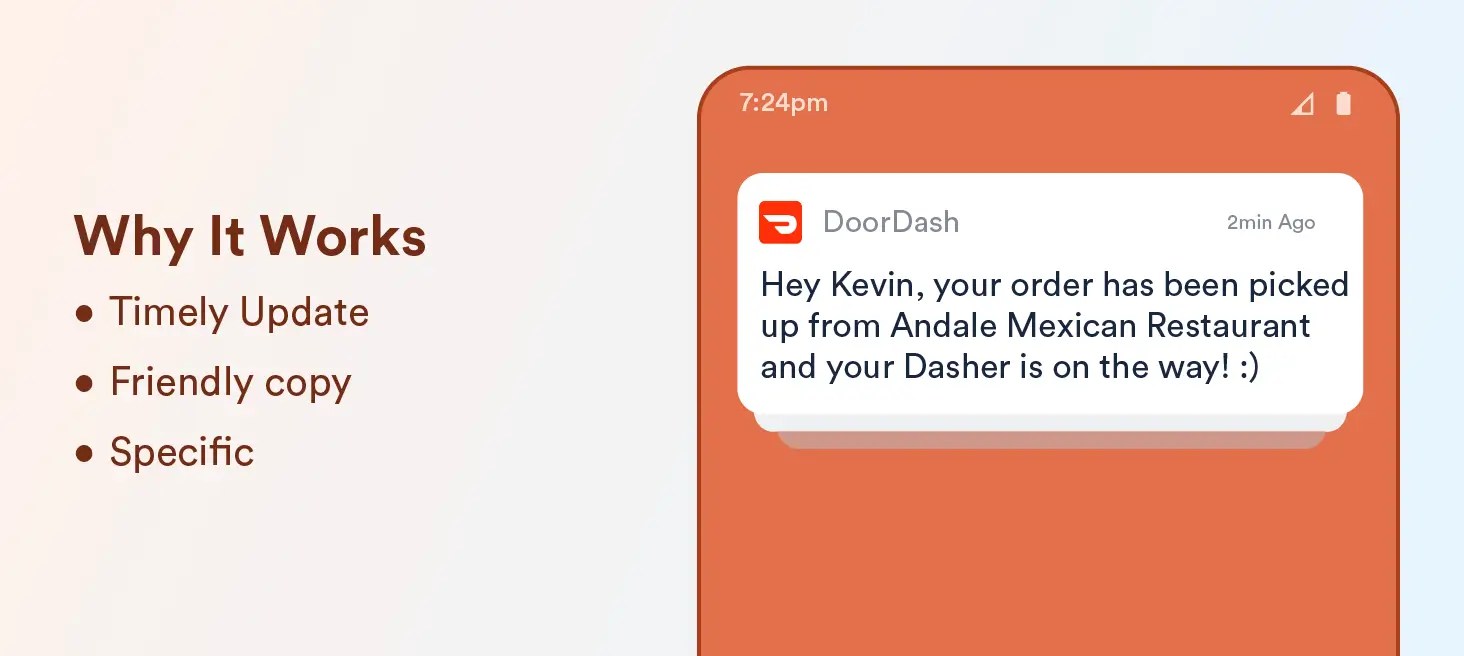
This message hits all the marks: it includes the user’s name, the restaurant, the order status, and a small visual touch. It’s not just informative but also it’s considerate. It makes the user feel like things are taken care of, and that matters in food delivery.
Why it works:
- Timely: Bridges the waiting gap after checkout.
- Personal: References the user’s name and order.
- Actionable (by implication): Keeps users calm, reducing “Where’s my order?” checks.
Pro Tip: For utility-driven messages, warmth is a differentiator. Add personality and detail to make even basic updates feel like part of your brand experience.
35. Highlight what’s most relevant in content digests
Content digest pushes are often ignored, unless they make it immediately clear why the user should care. The best ones surface something specific that aligns with known interests, and leave the rest behind the click.
Example: Quora

Instead of pushing a list, this notification promotes one high-interest thread, increasing the likelihood of a tap. It respects the user’s focus and uses content targeting to drive relevance.
Why it works:
- Timely: Sent in the morning when users typically scan news and feeds.
- Personal: Tied to followed topics and past engagement.
- Actionable: Promotes a single, compelling thread to avoid overwhelm.
Pro Tip: When sending digests, elevate one high-signal item, not the whole bundle. Specificity drives curiosity more than general volume.
7 Push Notification Mistakes to Avoid
Now that you’ve been inspired by what works, let’s cover a few push misfires to avoid. Follow push notification best practices, but also steer clear of these common mistakes:
- Sending generic blasts: Mobile users get push notifications all day every day. The last thing they need is to be the subject of a generic mass campaign blast that isn’t relevant to them. Make sure you’ve carefully segmented your audience so you don’t contribute to the daily digital noise.
- Sending notifications at the wrong times: If you’ve ever been awakened by a push notification, you know how frustrating it is. Make sure your notifications are localized to the user’s time zone and then be mindful of when it’s most appropriate to send the push. A user who appreciates a midday work-related notification might be annoyed by the same notification when they’re winding down for bedtime.
- Getting too personal or intrusive: While personalization is key to engaging users, there’s a fine line between being helpful and making users feel uncomfortable. Including overly personal information or making assumptions about a user’s private life can cross that line. Always respect user privacy and avoid sharing sensitive data in your notifications.
- Clickbait without substance: Yes, you always want to pique your user’s curiosity. But if you promise that a user is going to experience something worthwhile when they click on your notification, then you’d better deliver. Your push notification should never write a check that your content can’t cash.
- Ignoring user preferences: Failing to respect user settings and preferences can erode trust. If a user has opted out of certain types of notifications or set specific quiet hours, it’s crucial to honor those choices. Ignoring them not only frustrates users but also makes your app seem intrusive.
- Rich media without context: Rich media like images, videos, and animated gifs can make or break the user experience. Done well, rich push notifications delight and engage users. However, some mobile devices struggle to display rich media properly. Always make sure your message makes sense both with and without the rich media.
- Exceeding character limit: Understanding platform and device-specific push notification character limit is essential to make sure messages are not truncated and readability is not impacted.
When you create and send push notifications, remember that the most important push notification best practice is to think like a user and value your user’s experience. The better you understand your user, the easier it will be to keep them informed, entertained, and engaged.
Implementing Push Notification Best Practices Using Effective Tools
Having explored the best practices of push notifications, it’s time to put them into action. The right tool can make all the difference, and that’s where CleverTap comes in.
CleverTap is a leading mobile marketing platform that helps you send personalized push notifications that truly engage your users. It offers advanced features that go beyond the basics:
- Advanced Segmentation and Personalization: CleverTap lets you target users based on their behavior, preferences, and interactions. This means your messages are more relevant and more likely to get a response.
- Automation and Journeys: Set up automated workflows to send timely notifications based on user actions. This keeps your messages timely and contextually relevant.
- Rich Media Support with RenderMax Technology: Include images, videos, and interactive elements in your notifications. CleverTap’s RenderMax Technology ensures your messages reach users even on devices with strict settings.
- A/B Testing with IntelliNODE: Experiment with up to 35 different journey paths with IntelliNODE to find what resonates best with your audience. This helps you optimize engagement and conversions.
- Real-Time Analytics: Get instant insights into how your notifications are performing. Real-time data helps you quickly adjust your strategy for better results.
- AI-Powered Personalization with Clever.AI: Use Clever.AI to predict user behavior and personalize content automatically. This keeps users engaged and reduces churn.
- Omnichannel Engagement: CleverTap helps you engage users across various platforms, including email, SMS, and in-app messages. Omnichannel engagement ensures a seamless experience for your users.
- Scribe for Engaging Content: Craft impactful push notifications effortlessly using AI. Scribe helps you connect with your audience by adjusting emotional tones and adding emojis and hashtags.
By choosing CleverTap, you’re not just sending push notifications—you’re building meaningful connections with your users. With its advanced features, CleverTap helps you cut through the noise and engage your audience like never before.
Deliver hyper-personalized push notifications at the perfect moment — every time. Discover CleverTap!
Push Notification Best Practices Infographic
Take your user engagement to the next level by applying push notification best practices inspired by today’s top-performing apps. Explore the infographic below for a visual summary—and start crafting push campaigns your users will love.
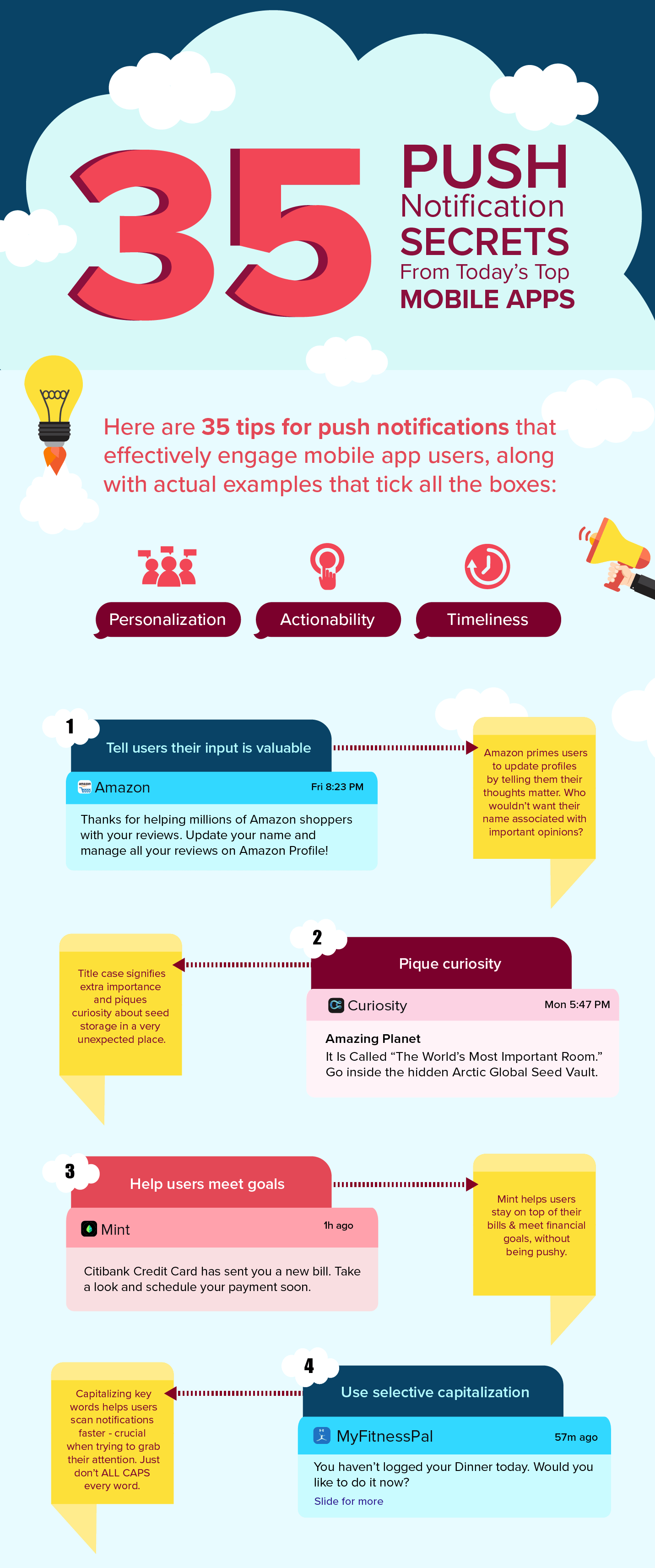

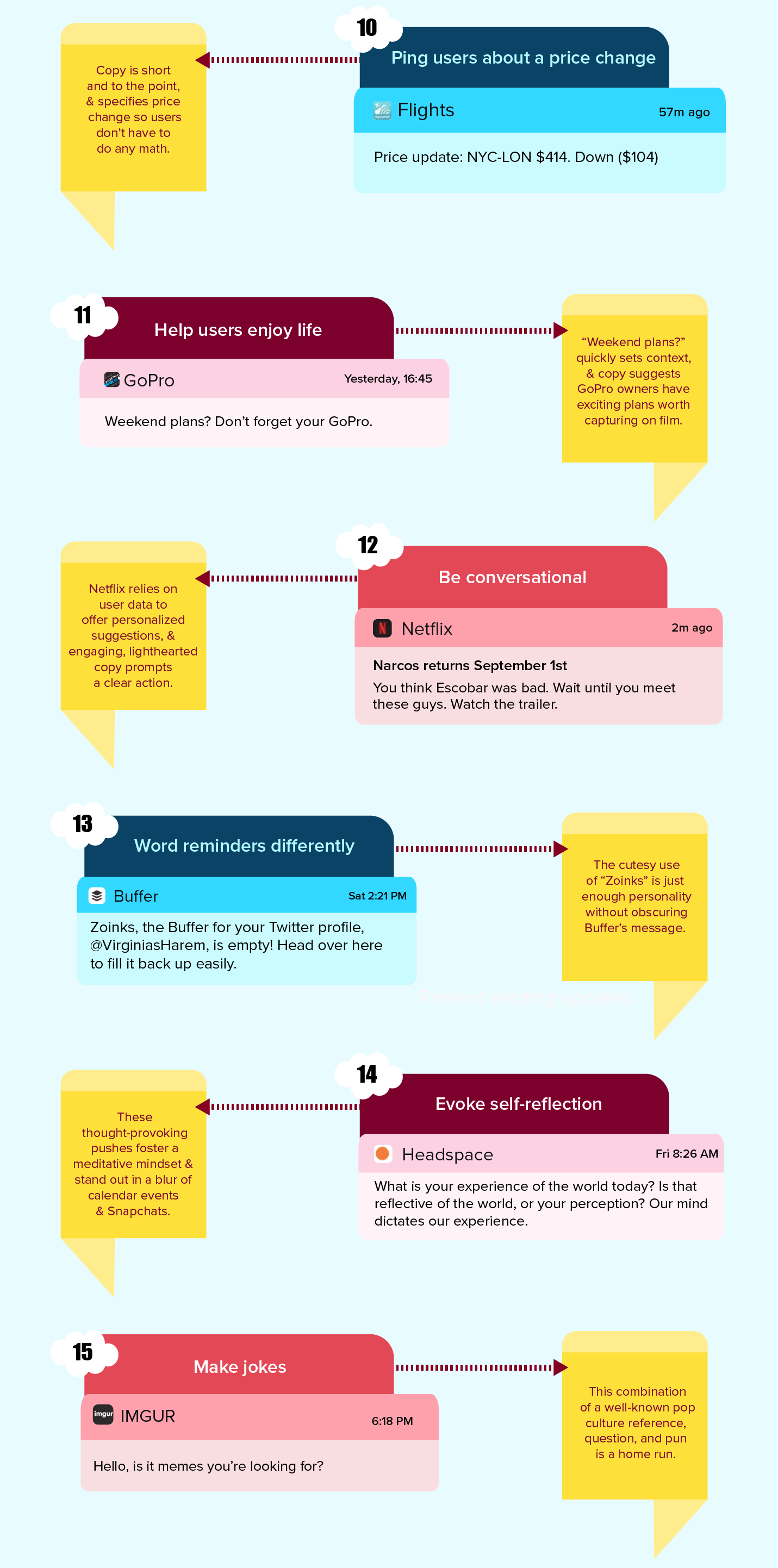
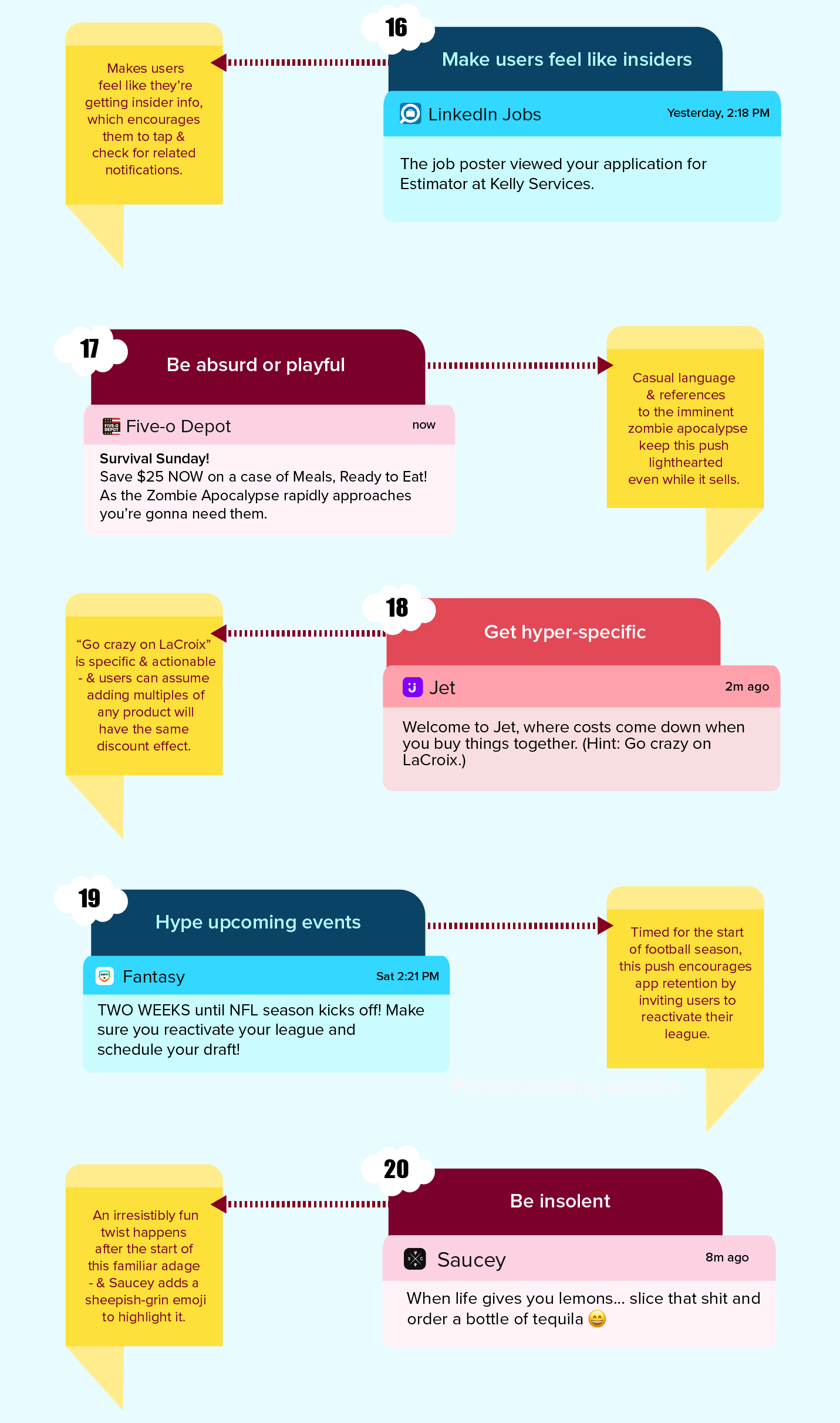


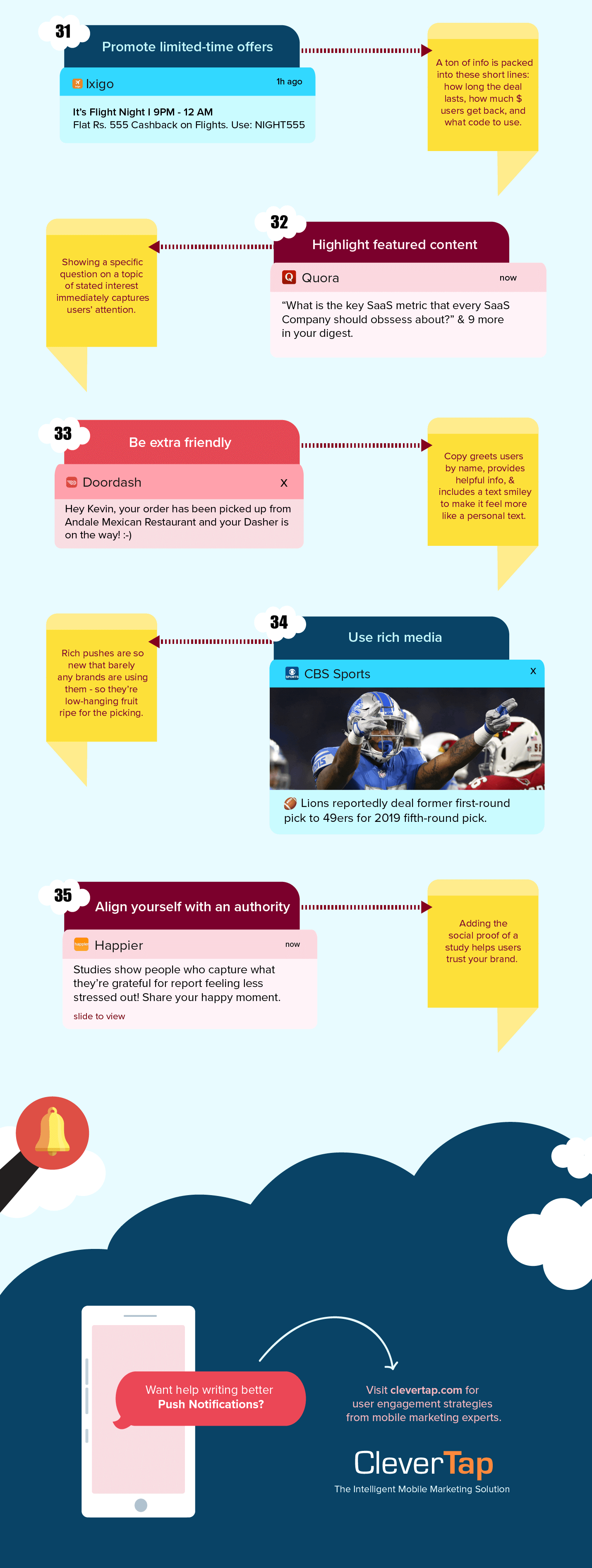
Subharun Mukherjee 
Heads Cross-Functional Marketing.Expert in SaaS Product Marketing, CX & GTM strategies.
Free Customer Engagement Guides
Join our newsletter for actionable tips and proven strategies to grow your business and engage your customers.

